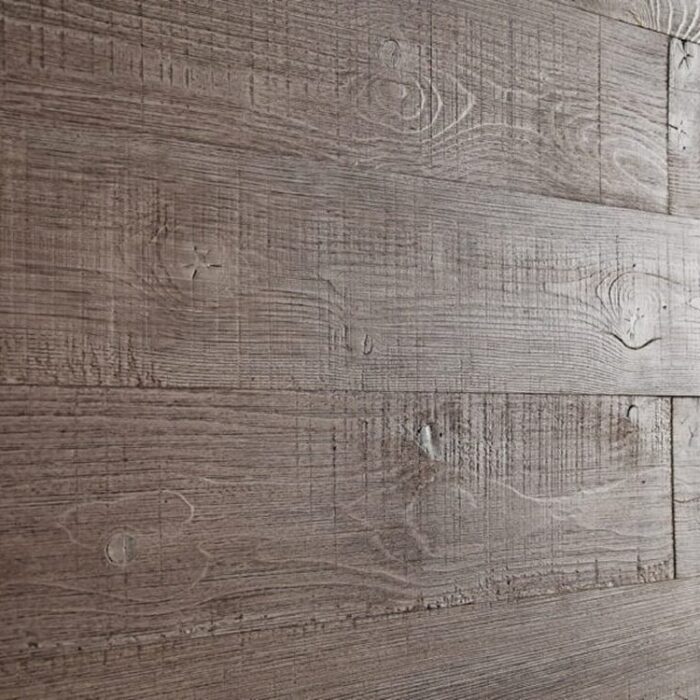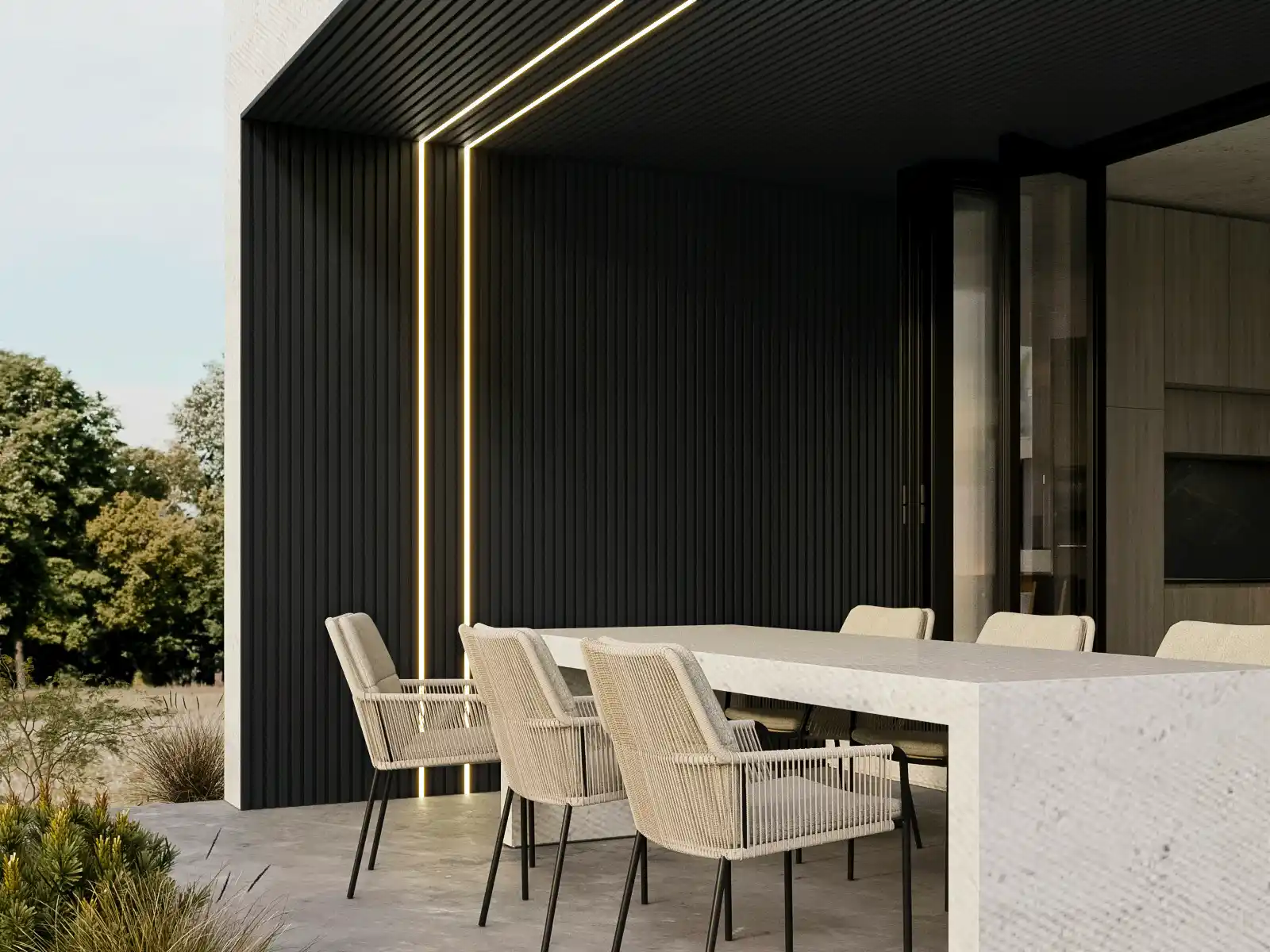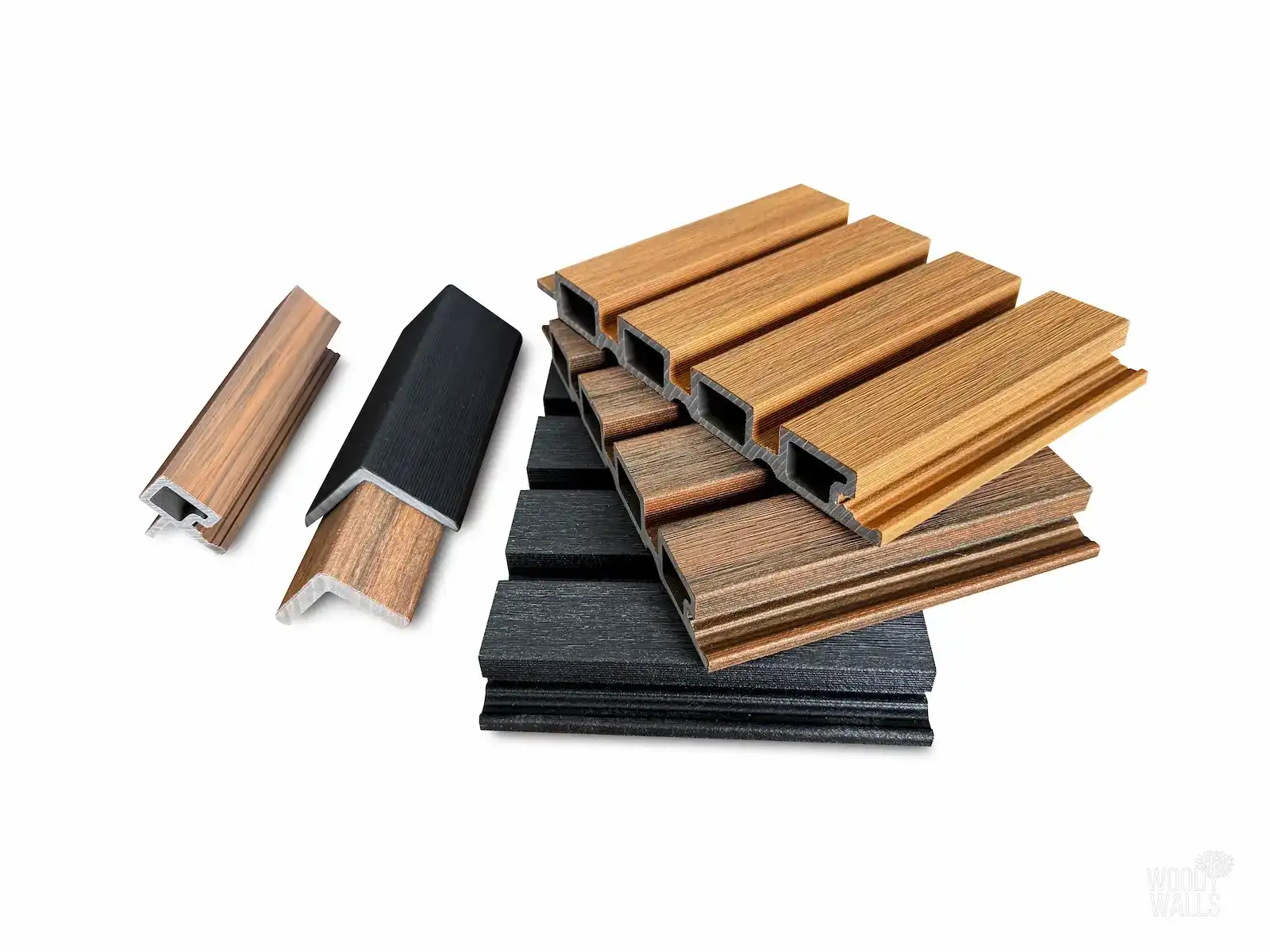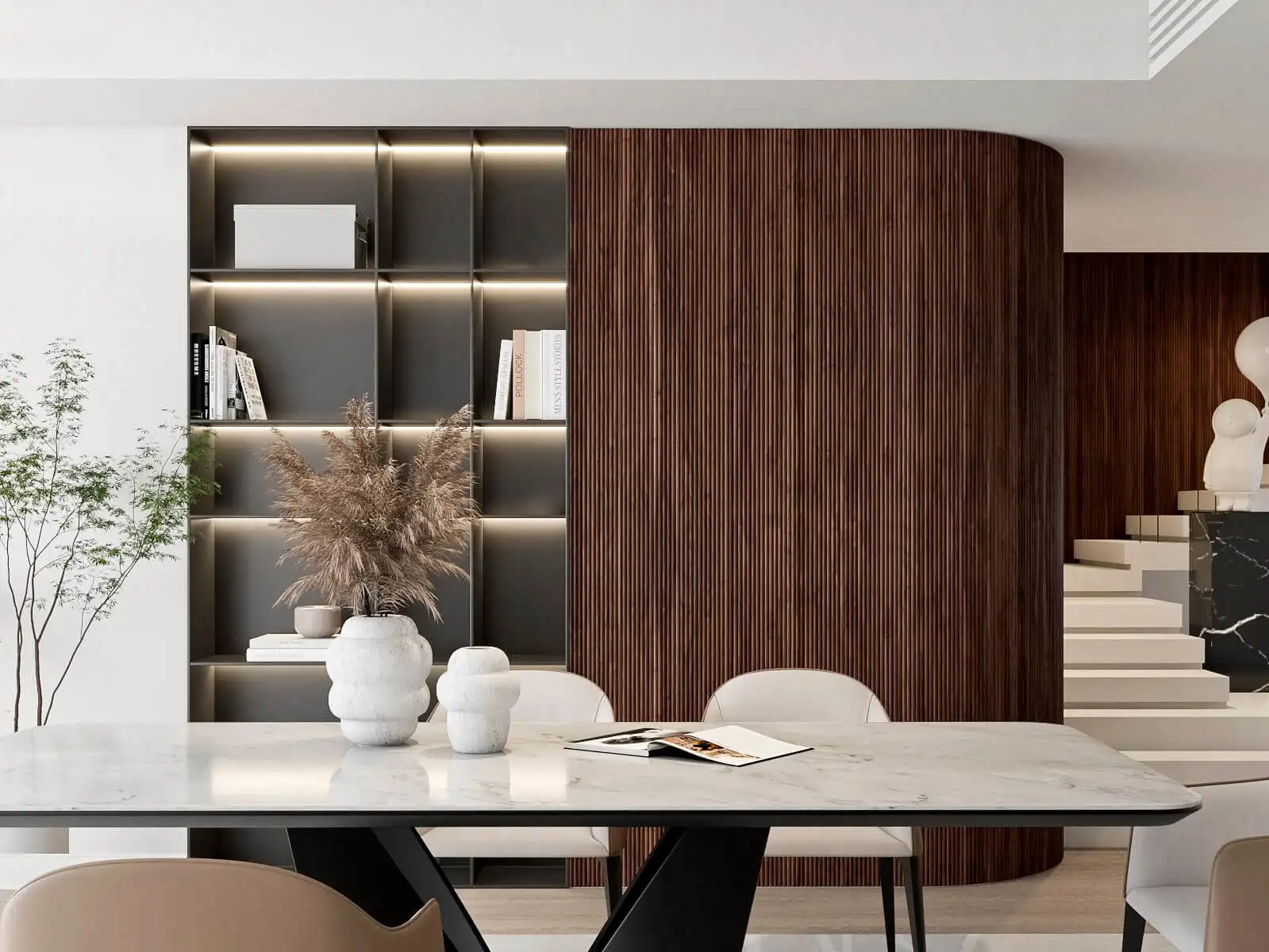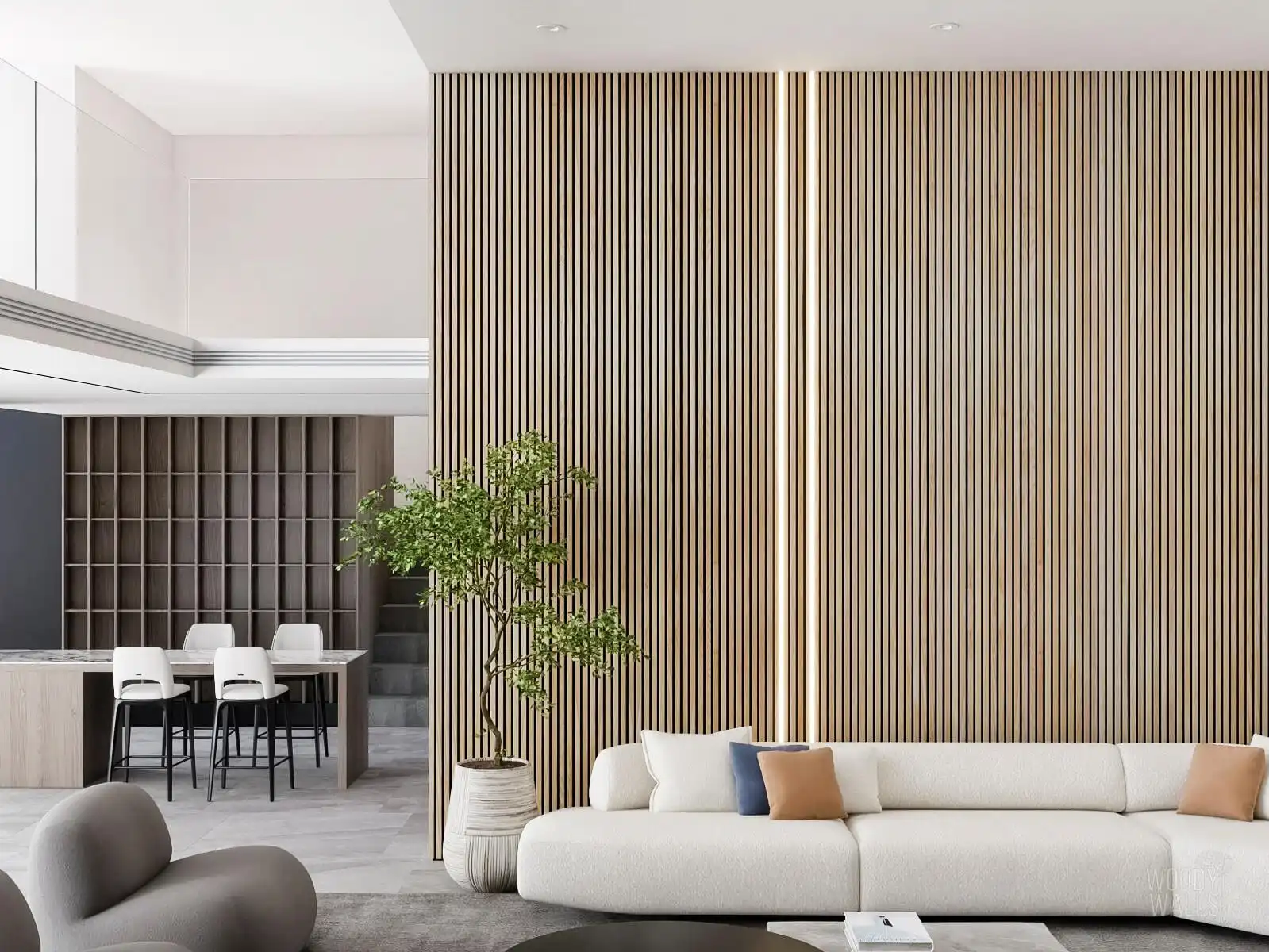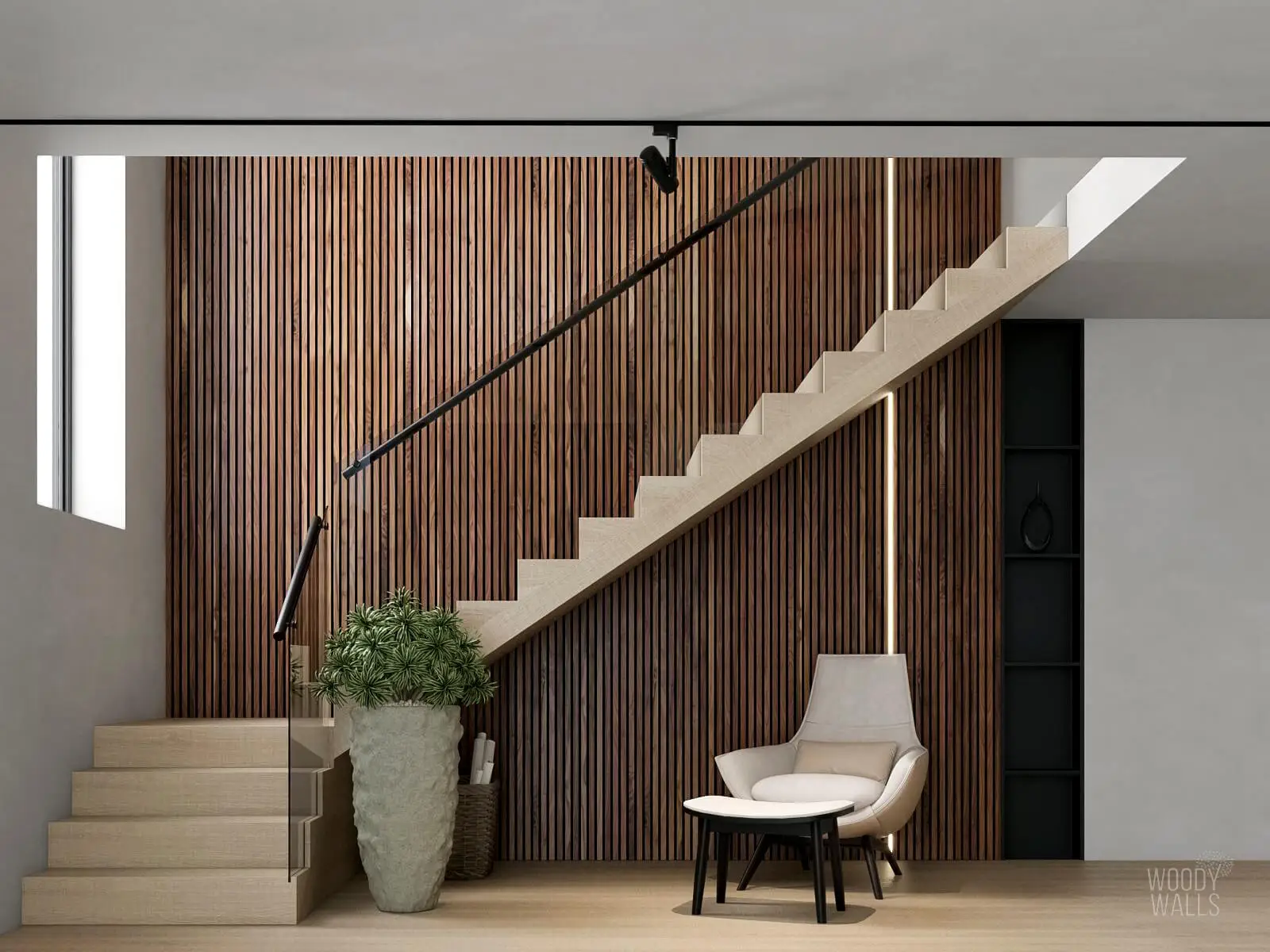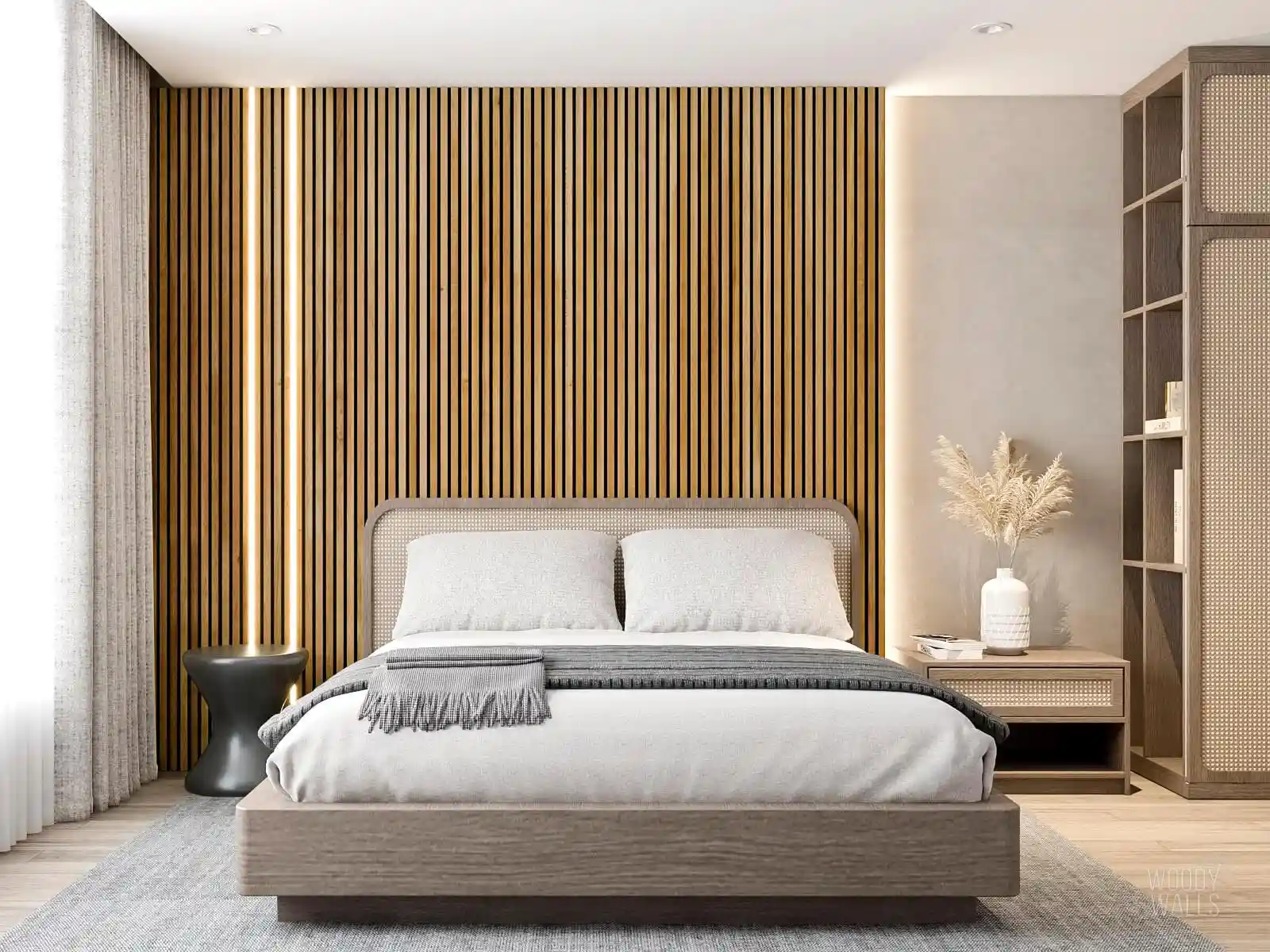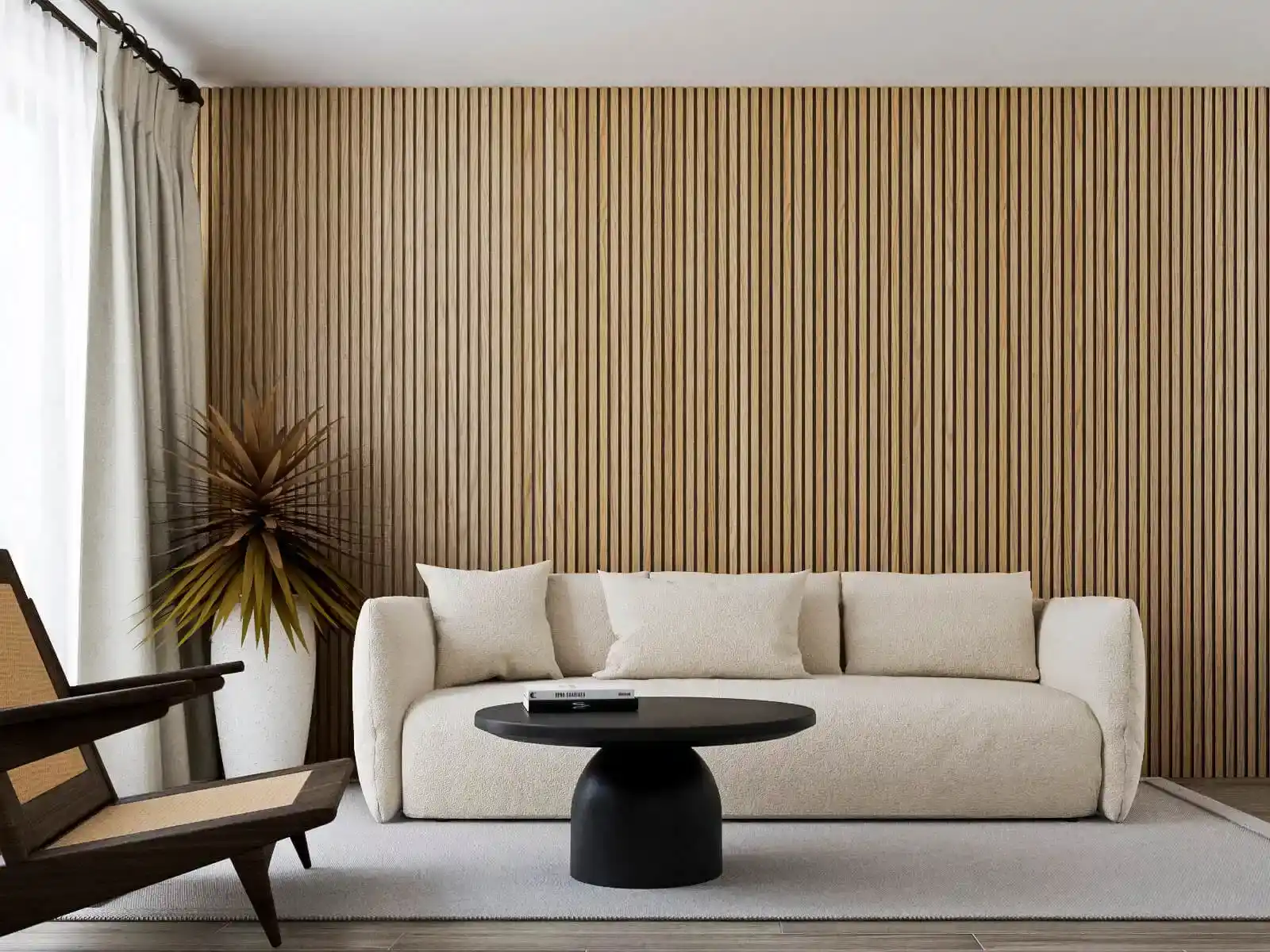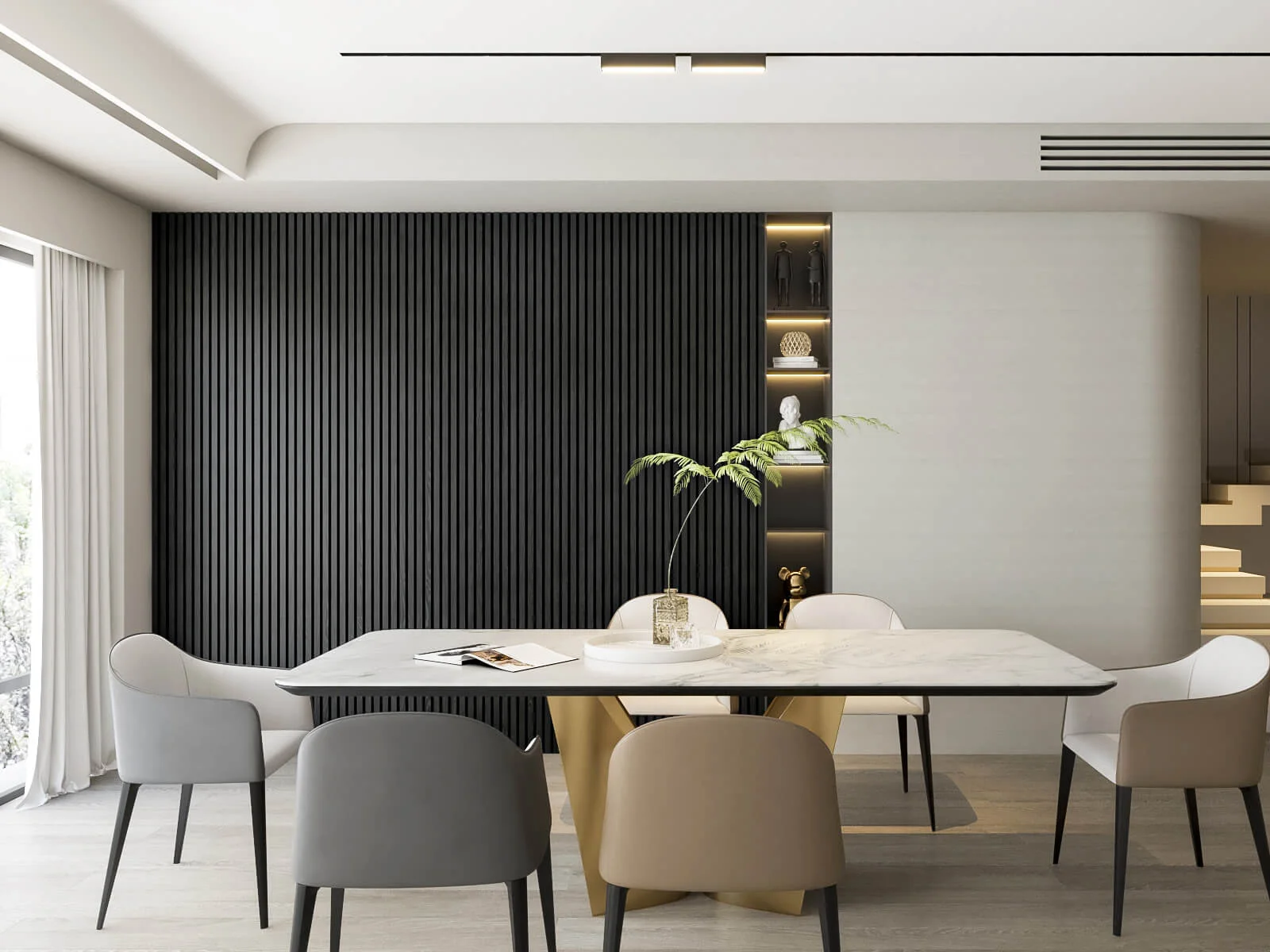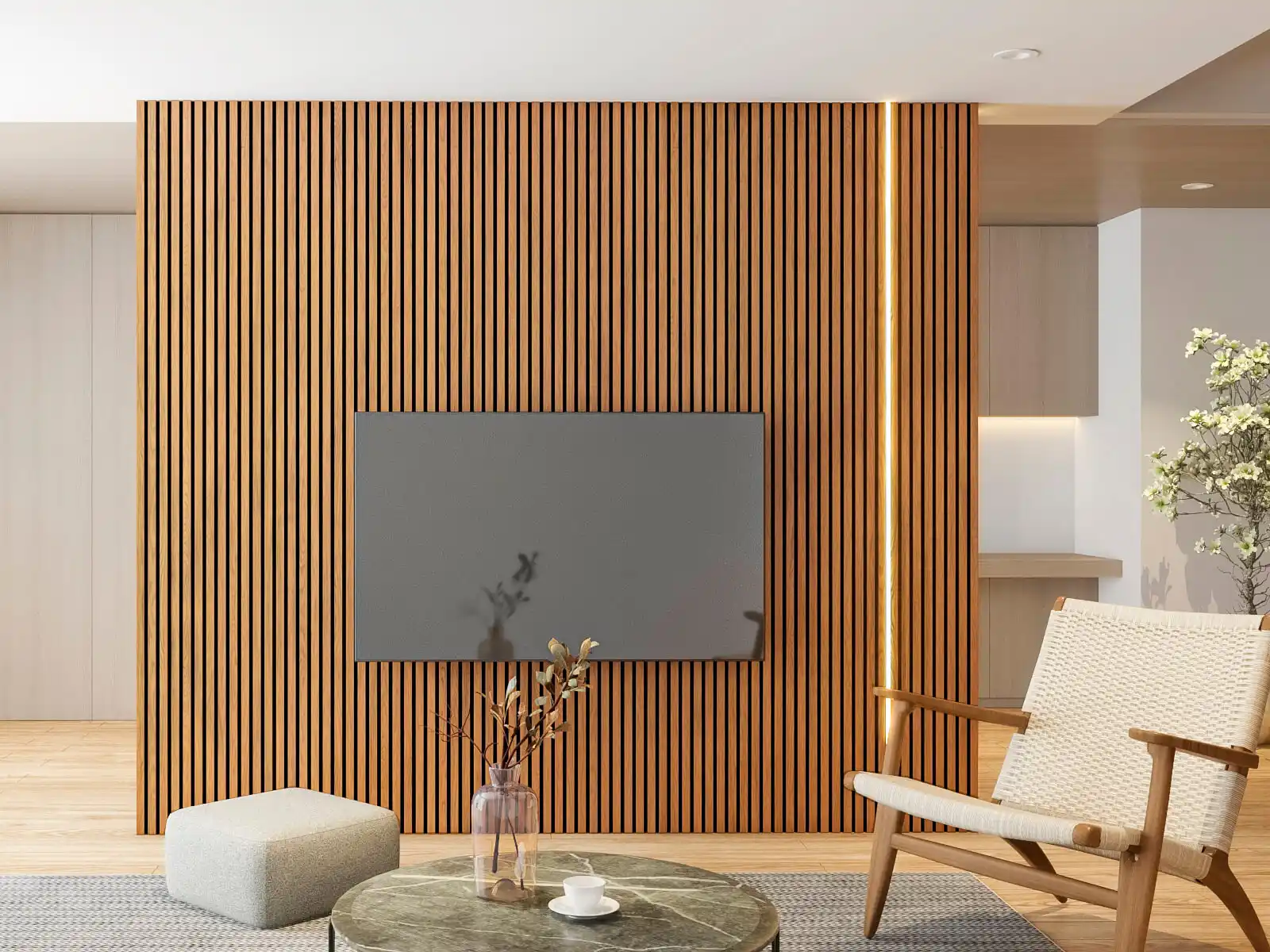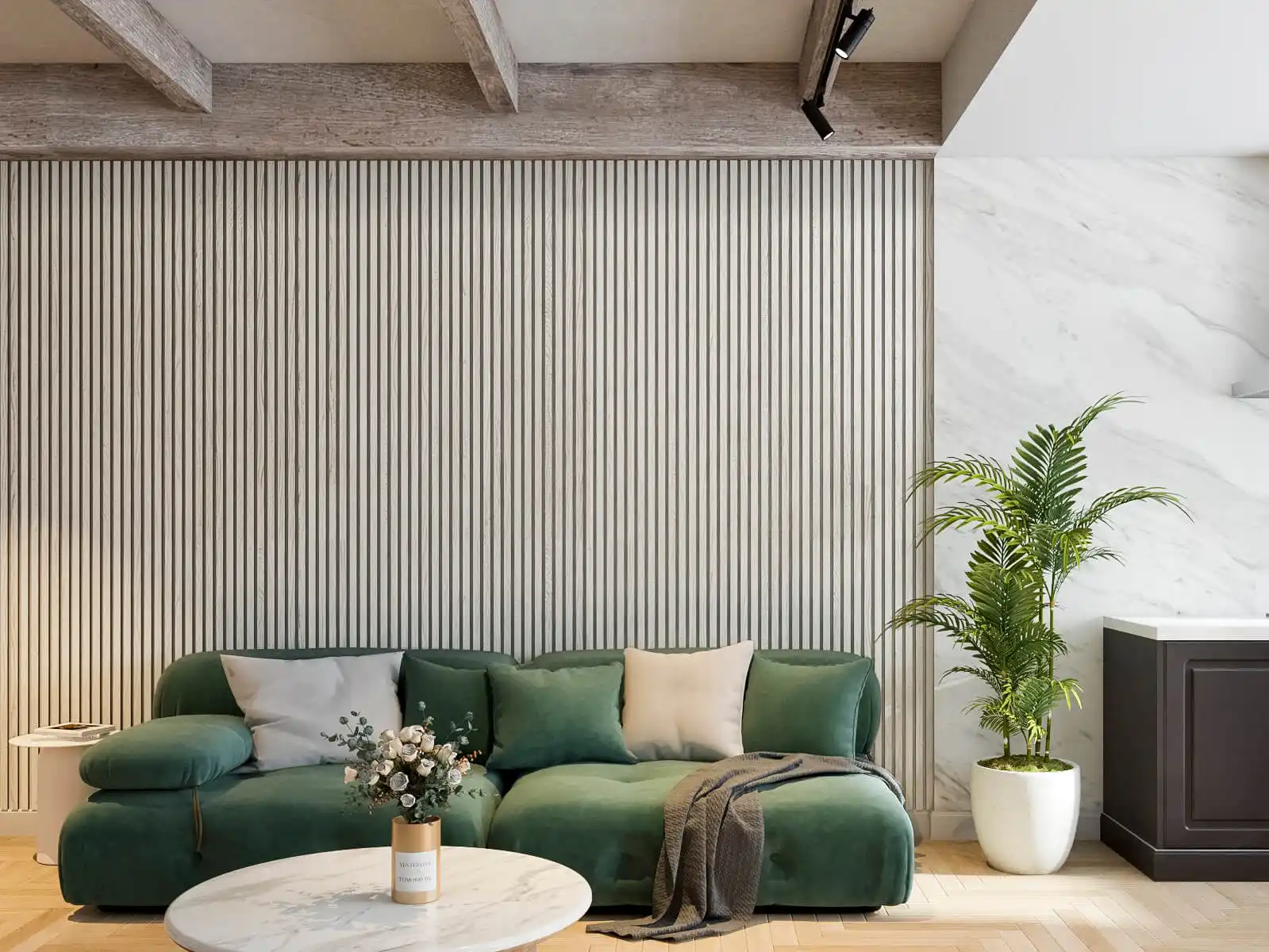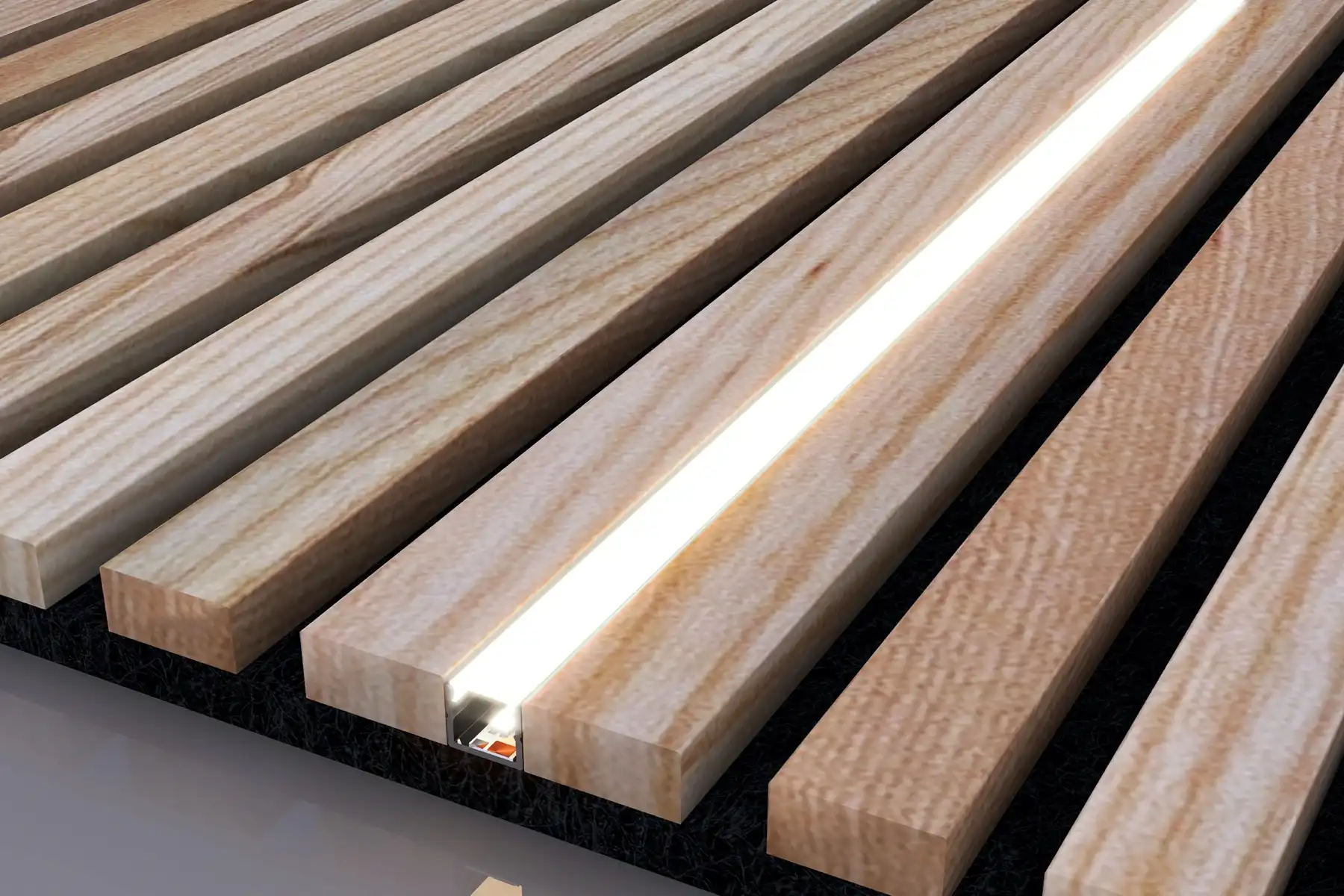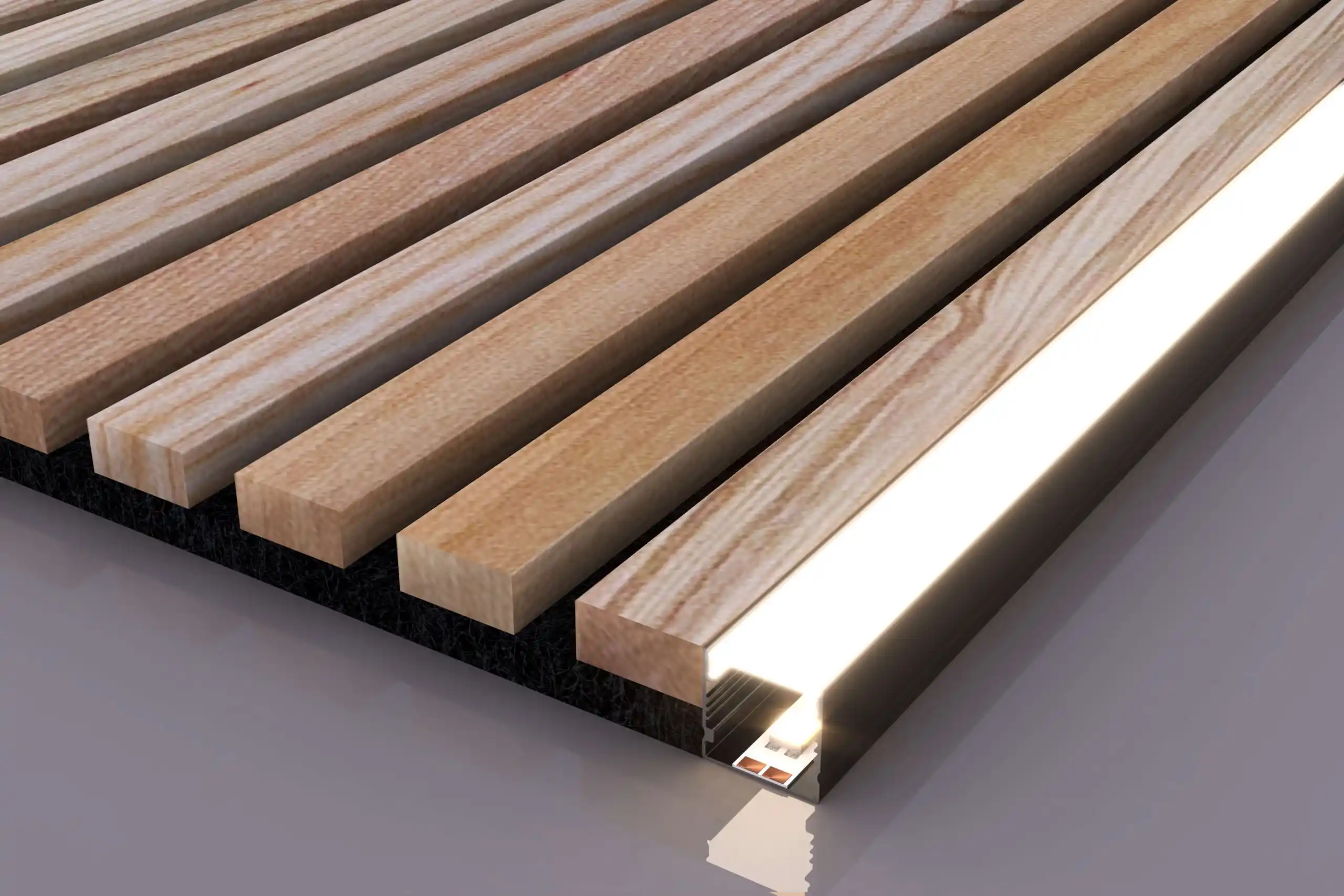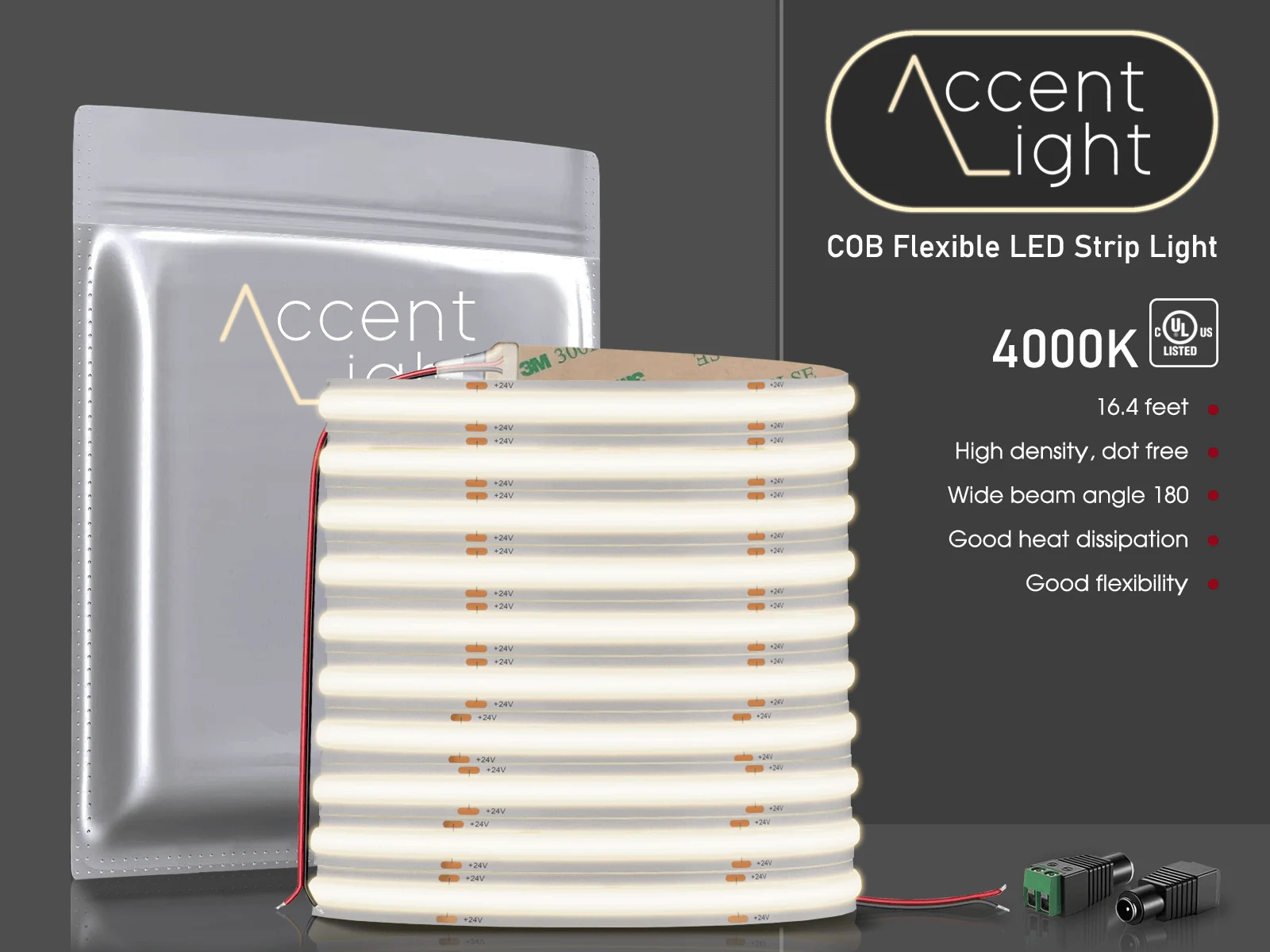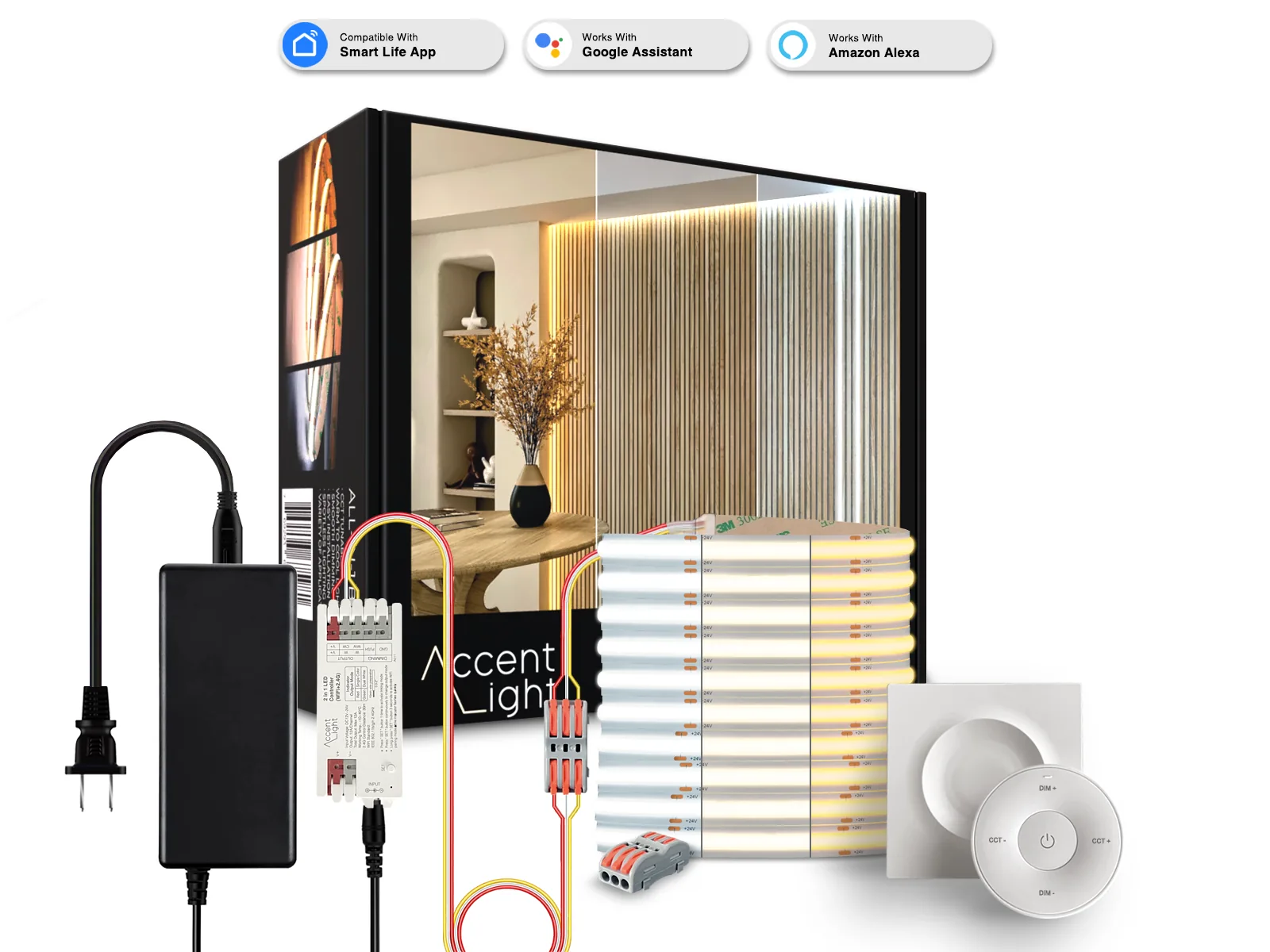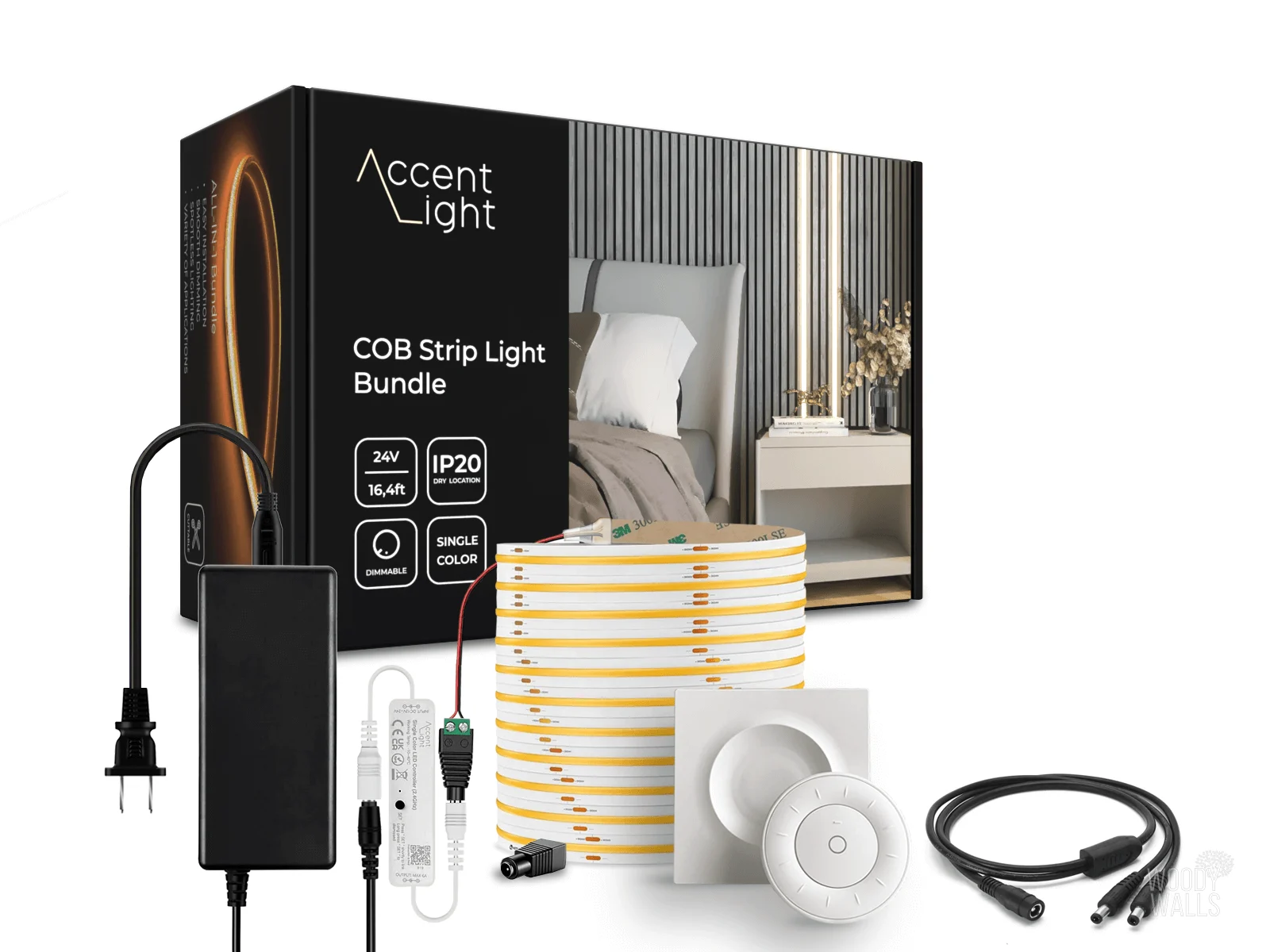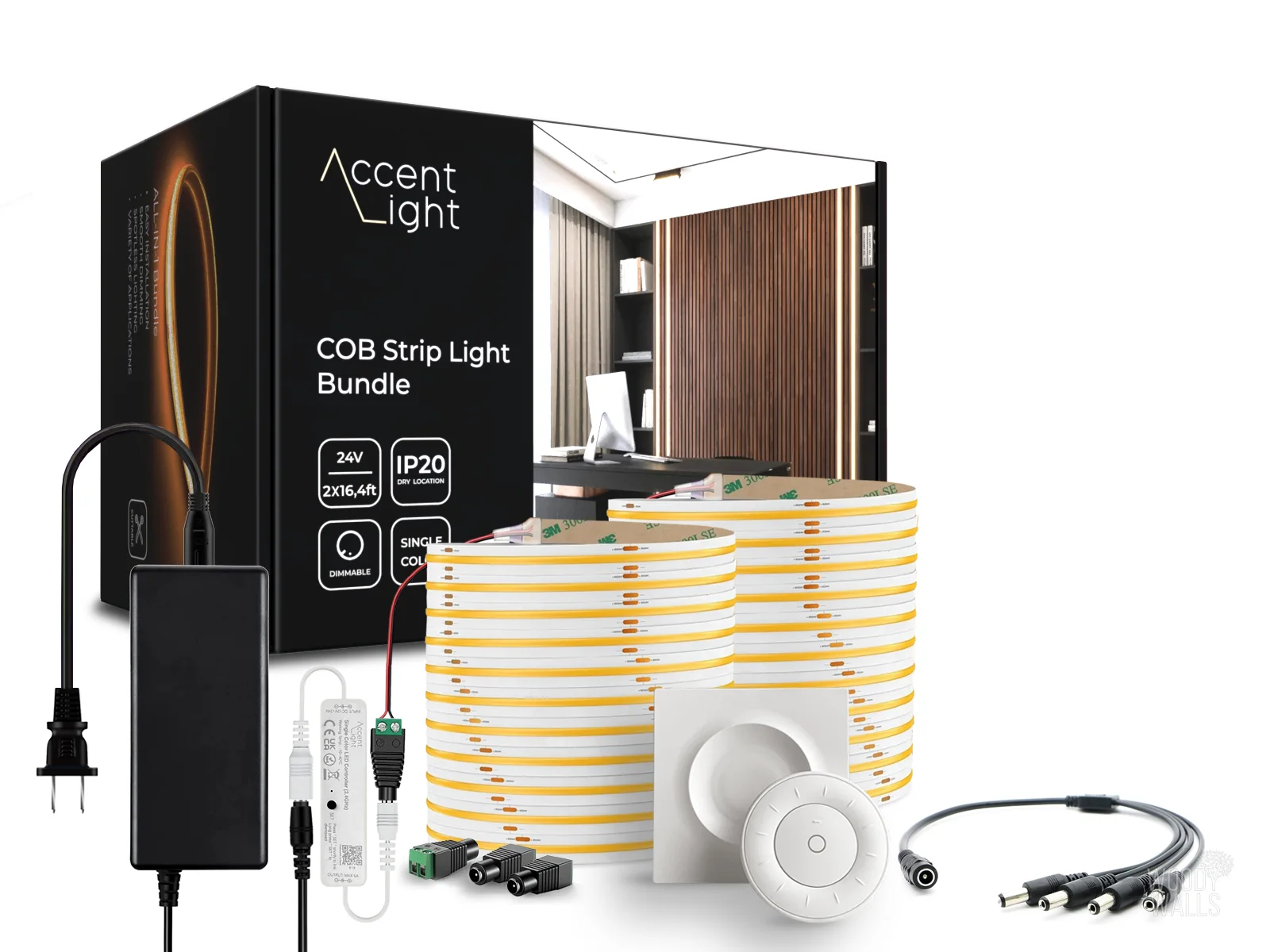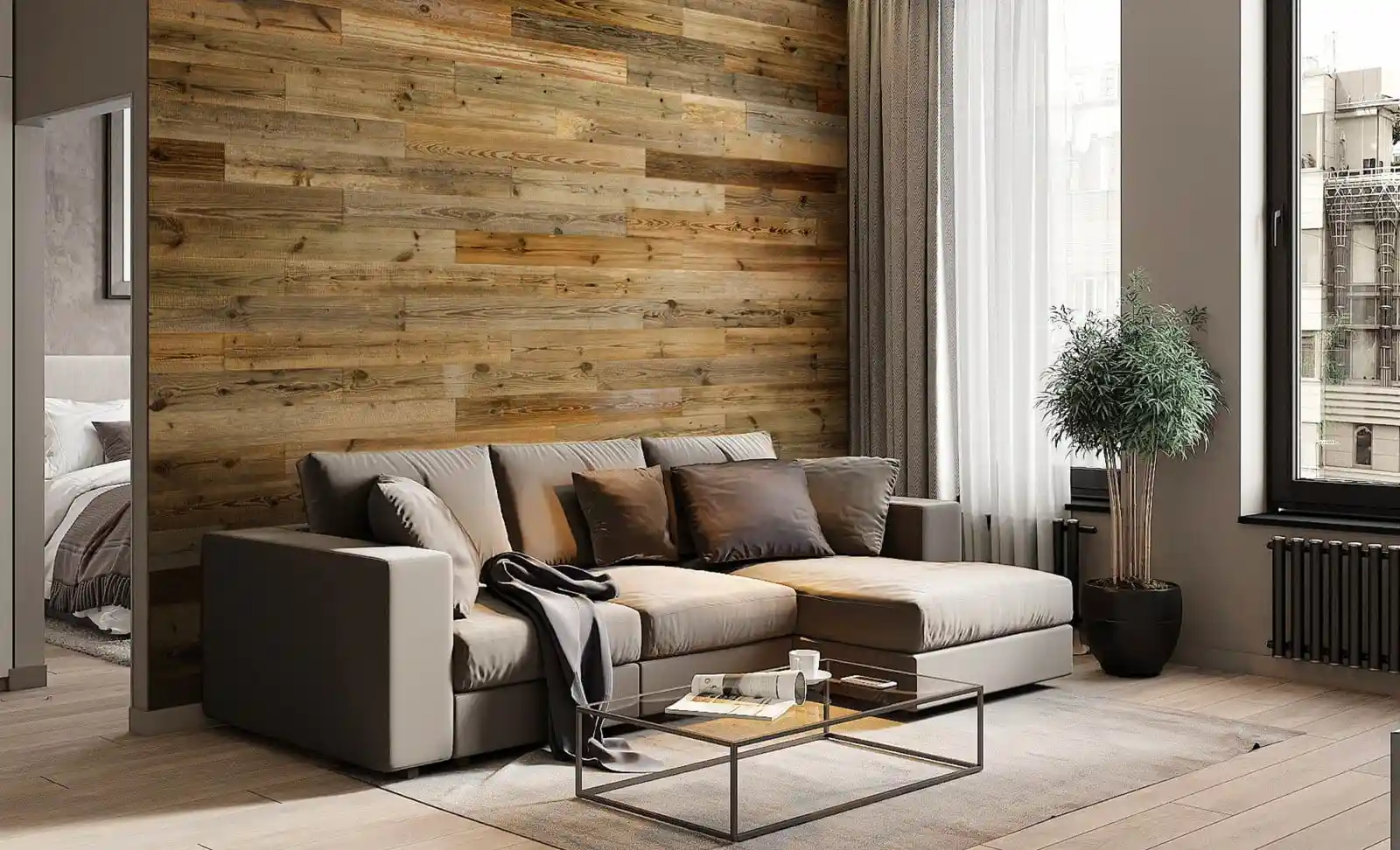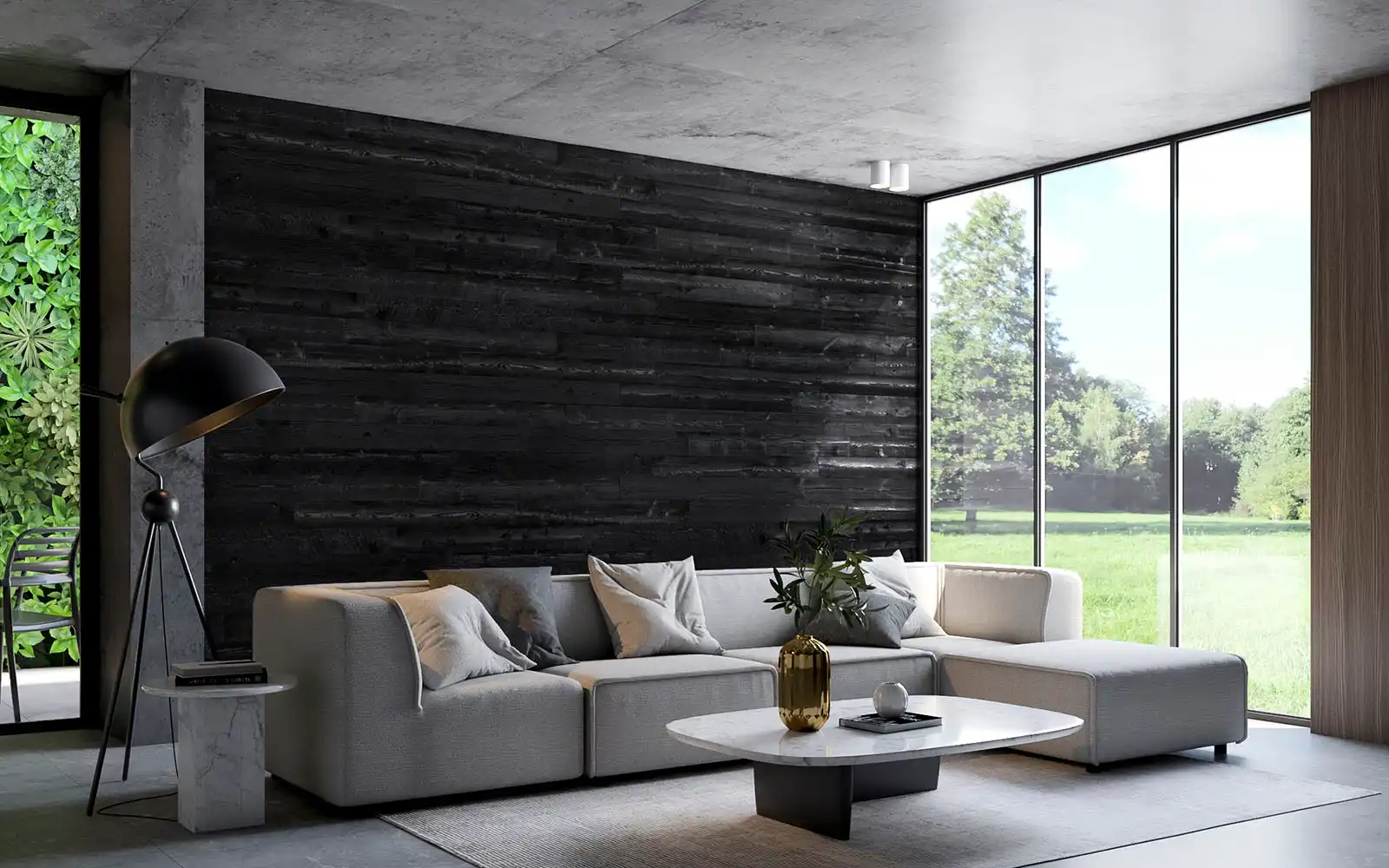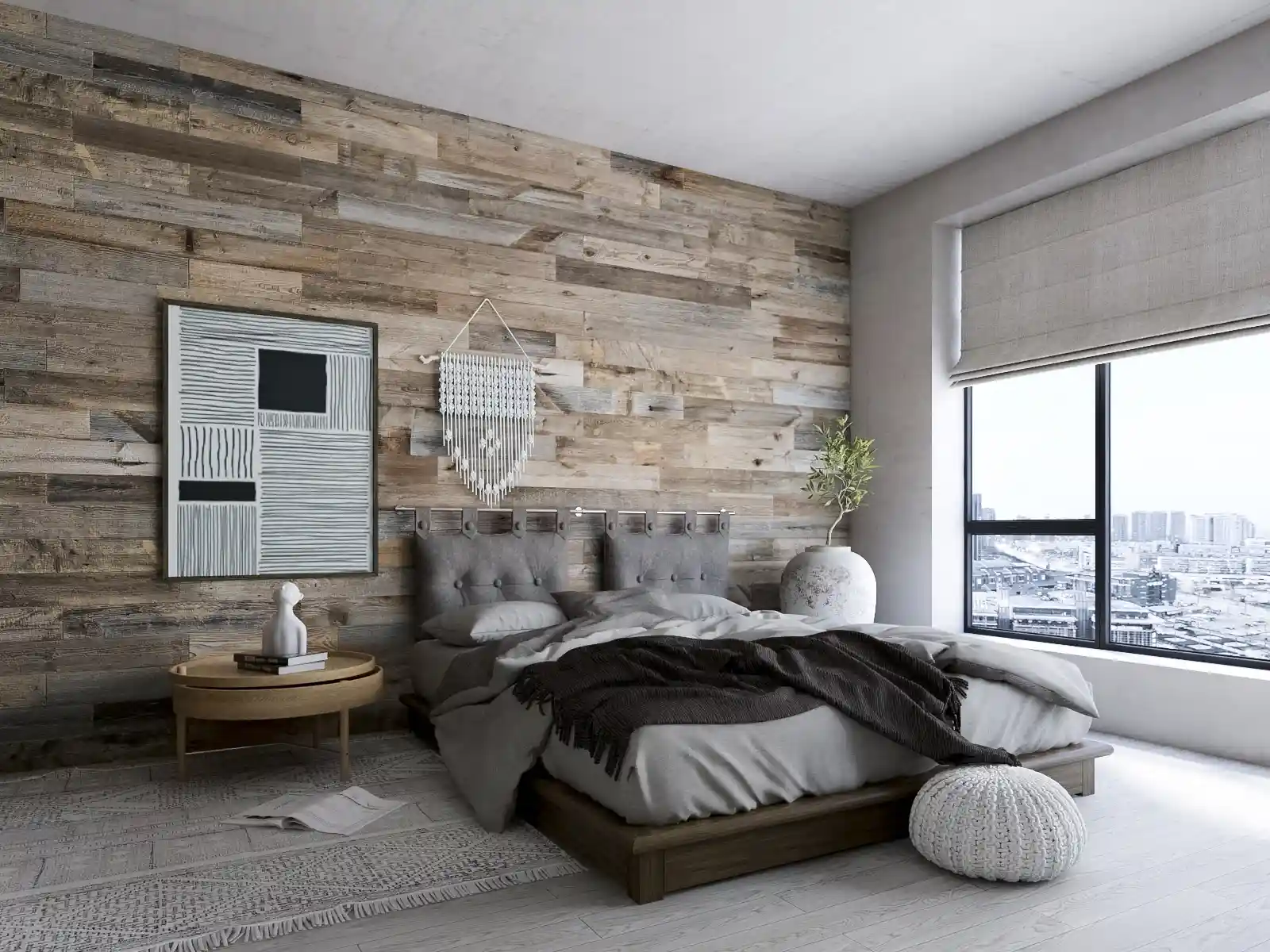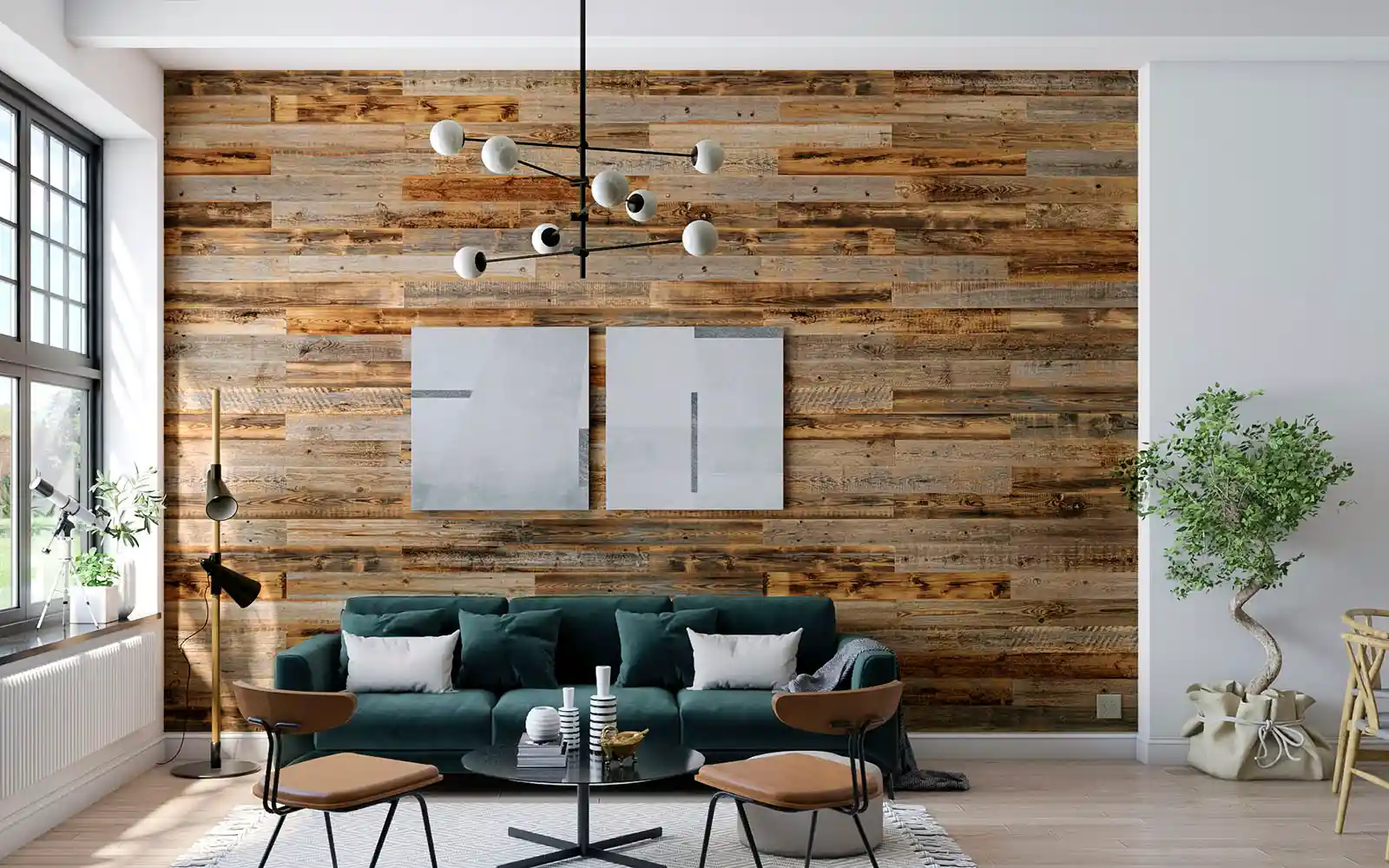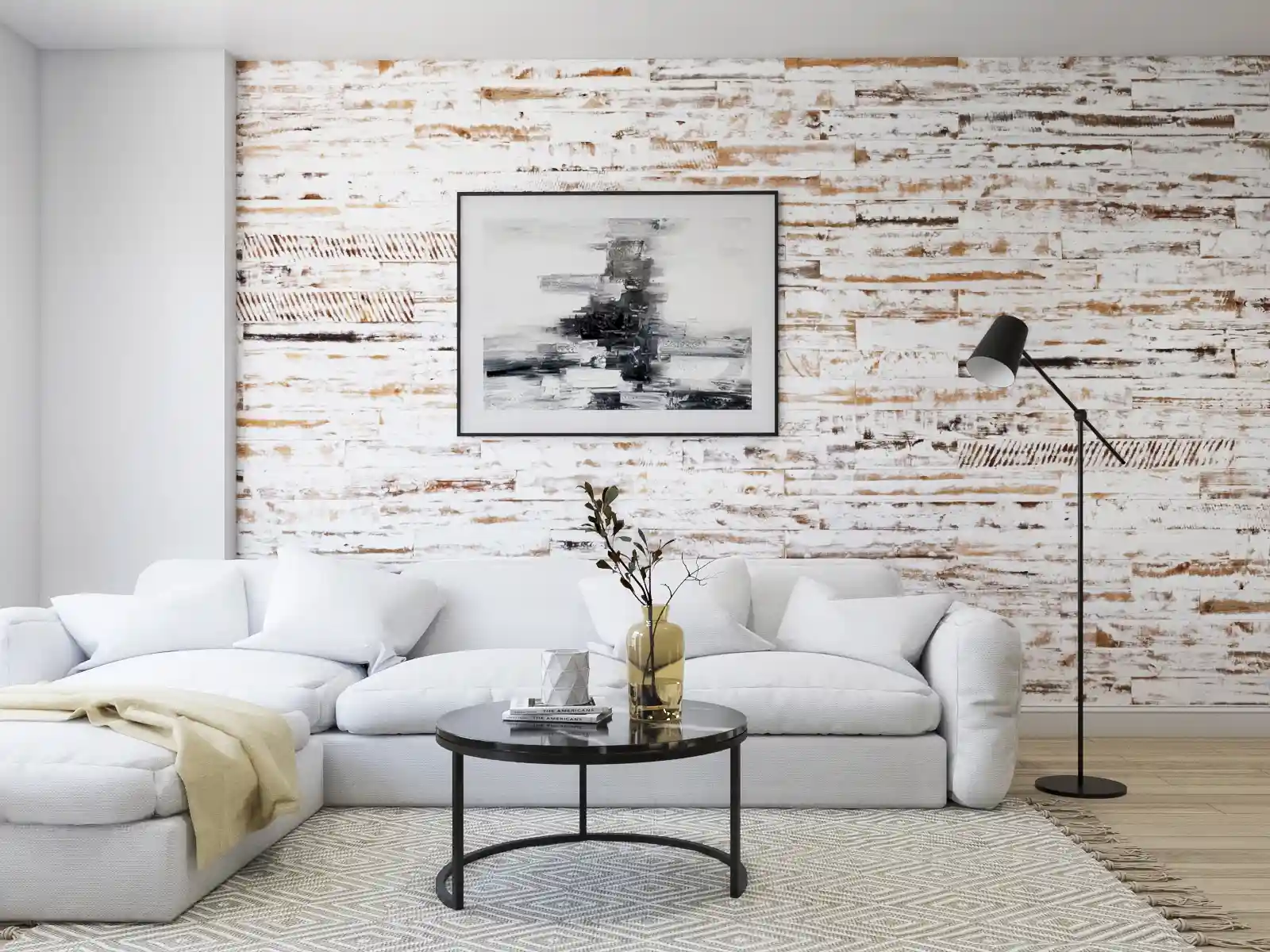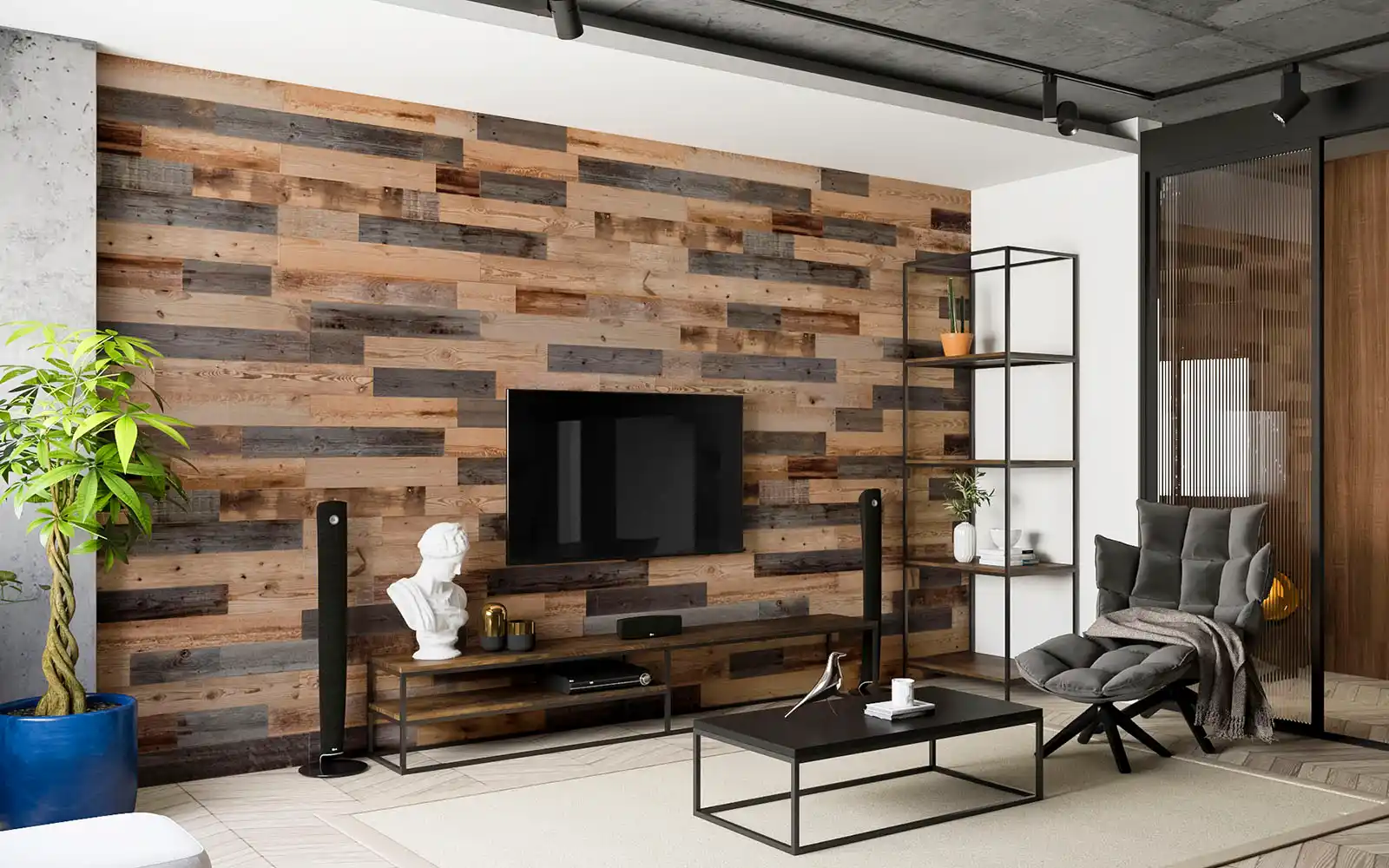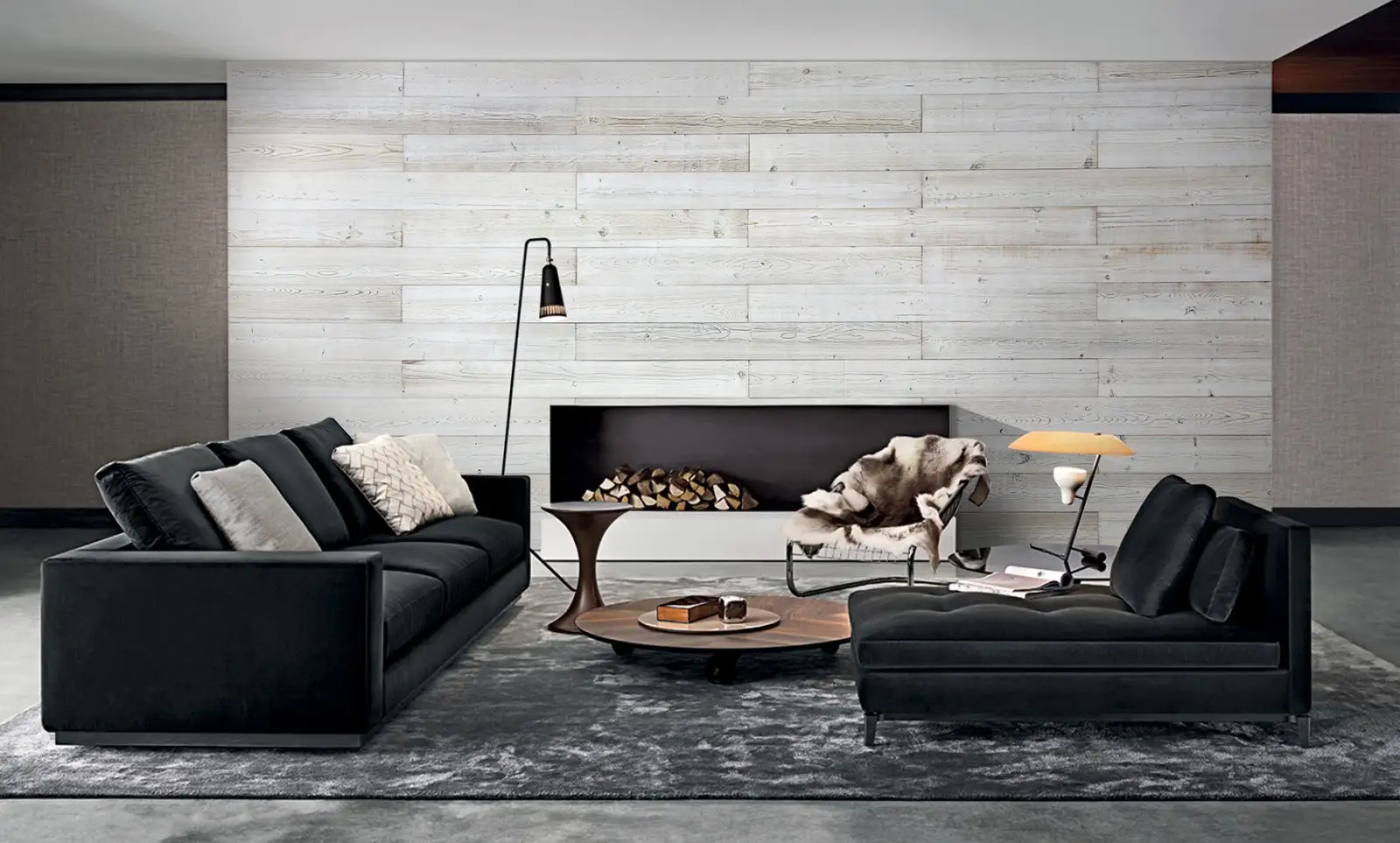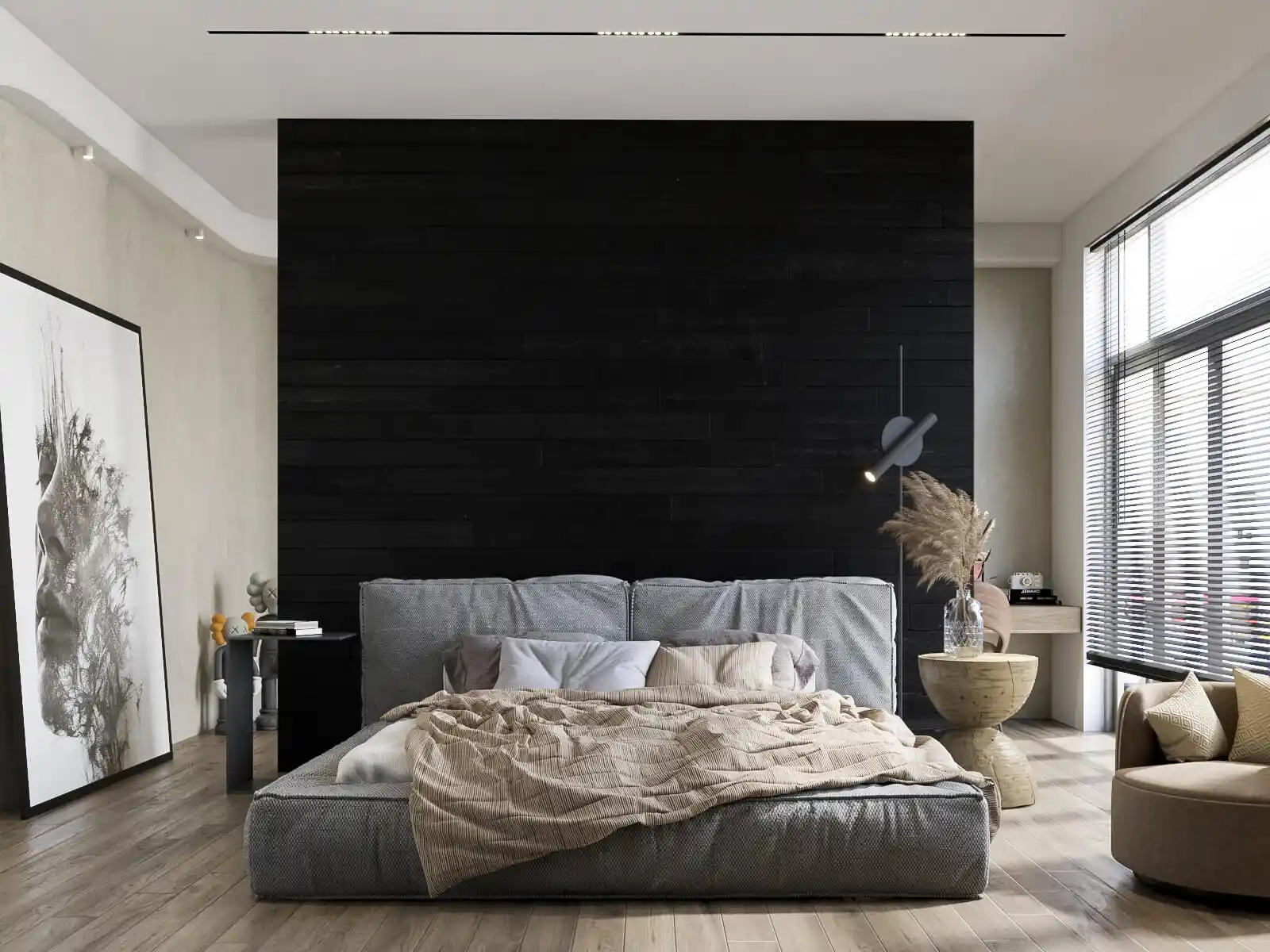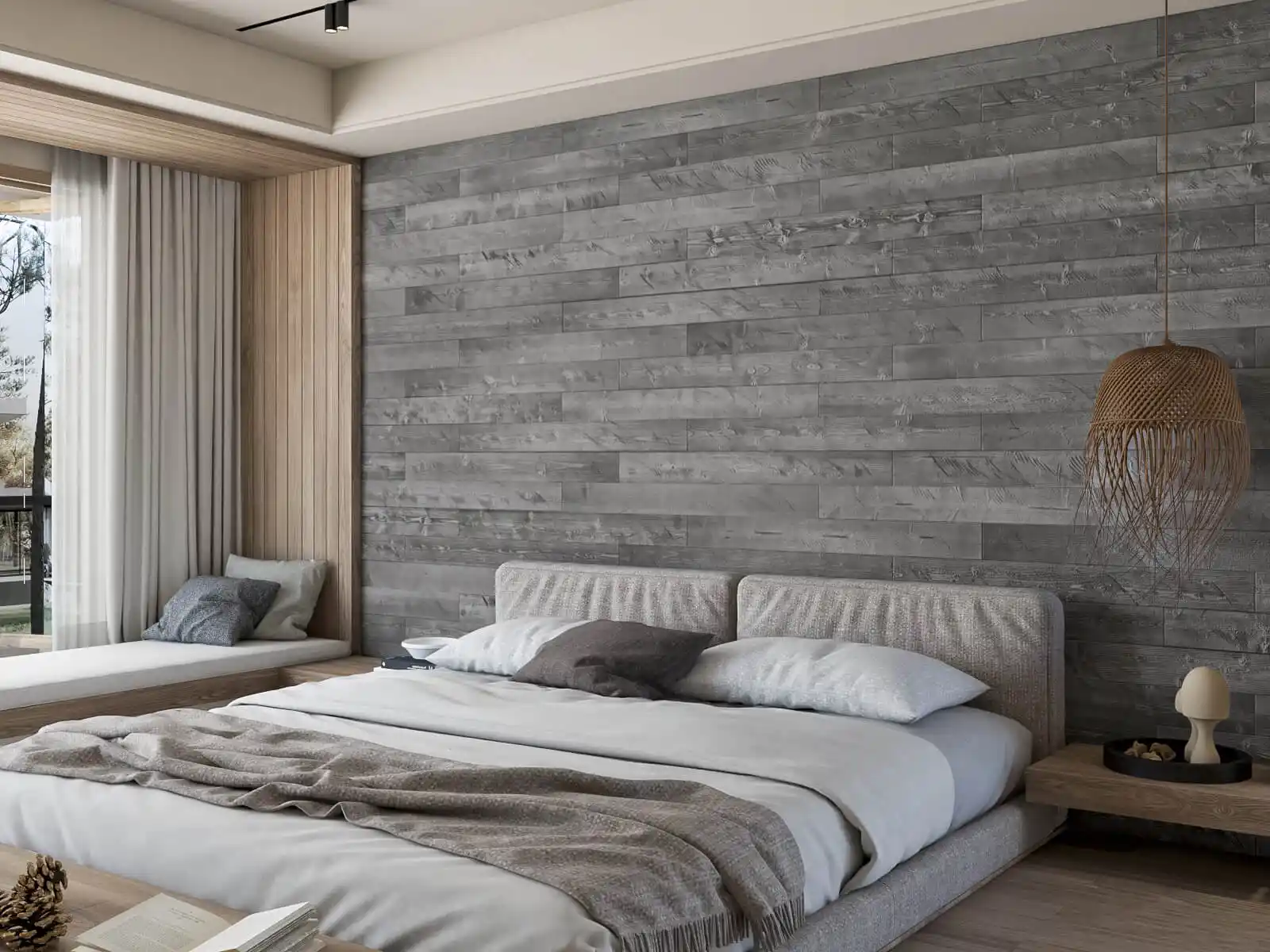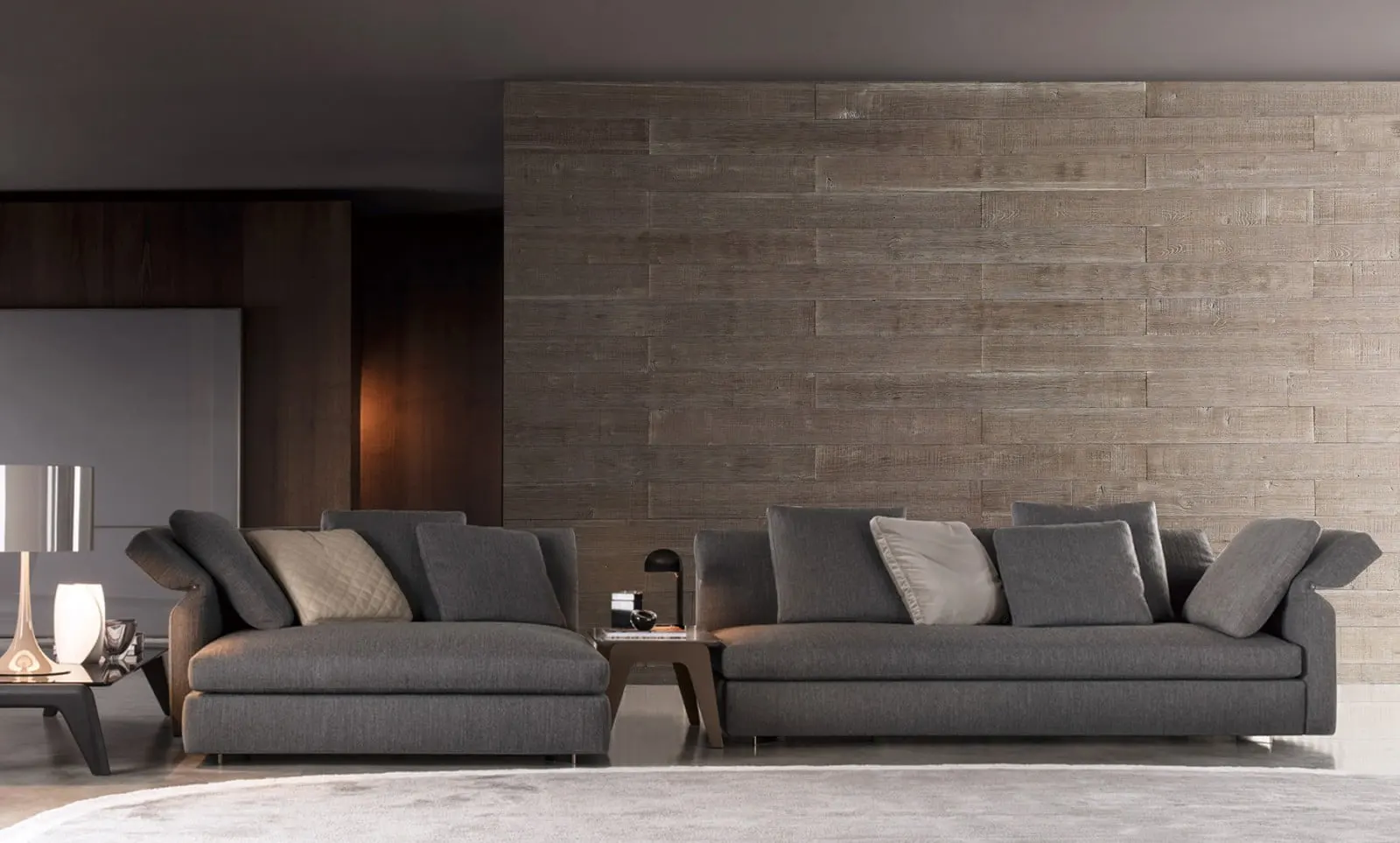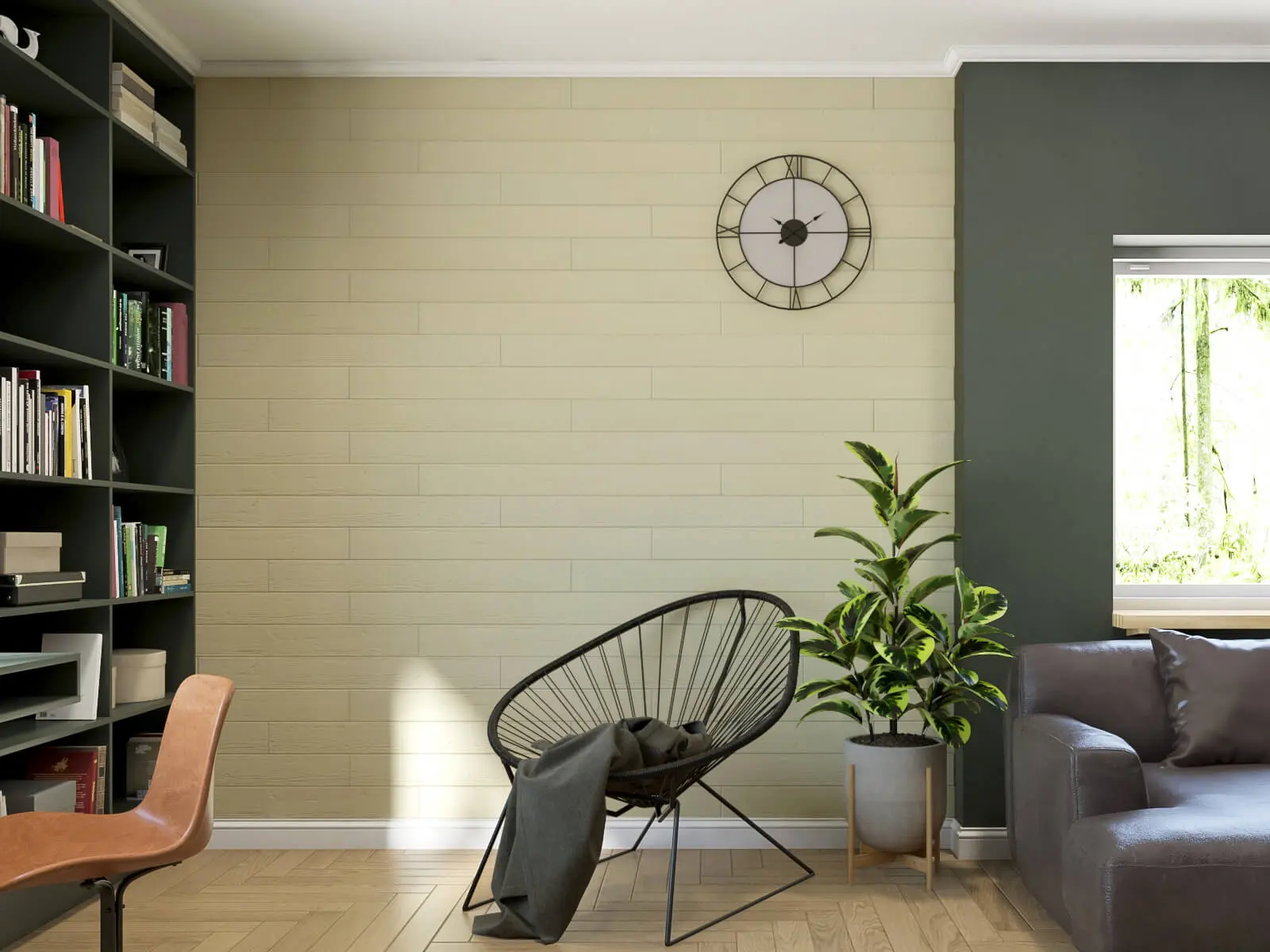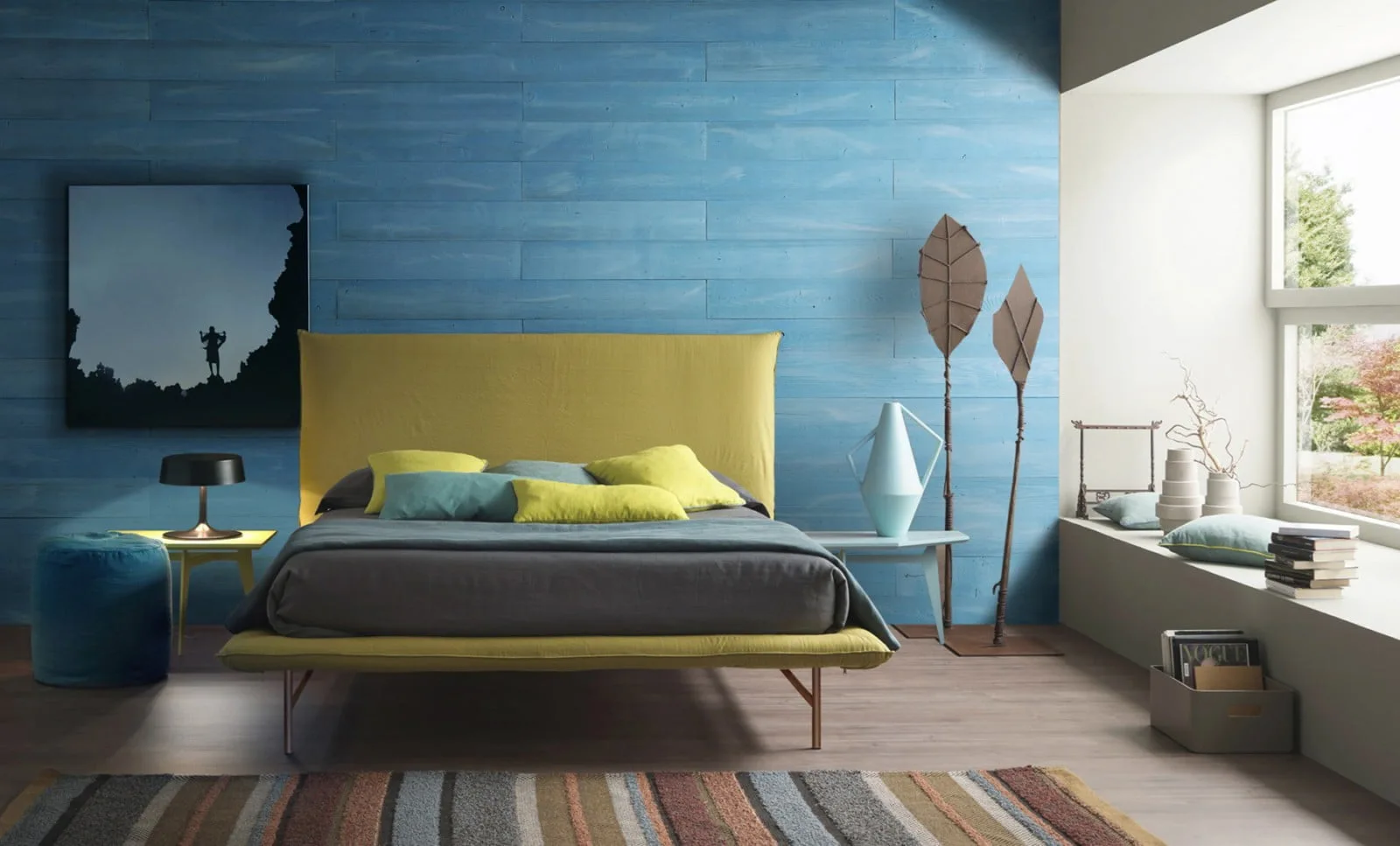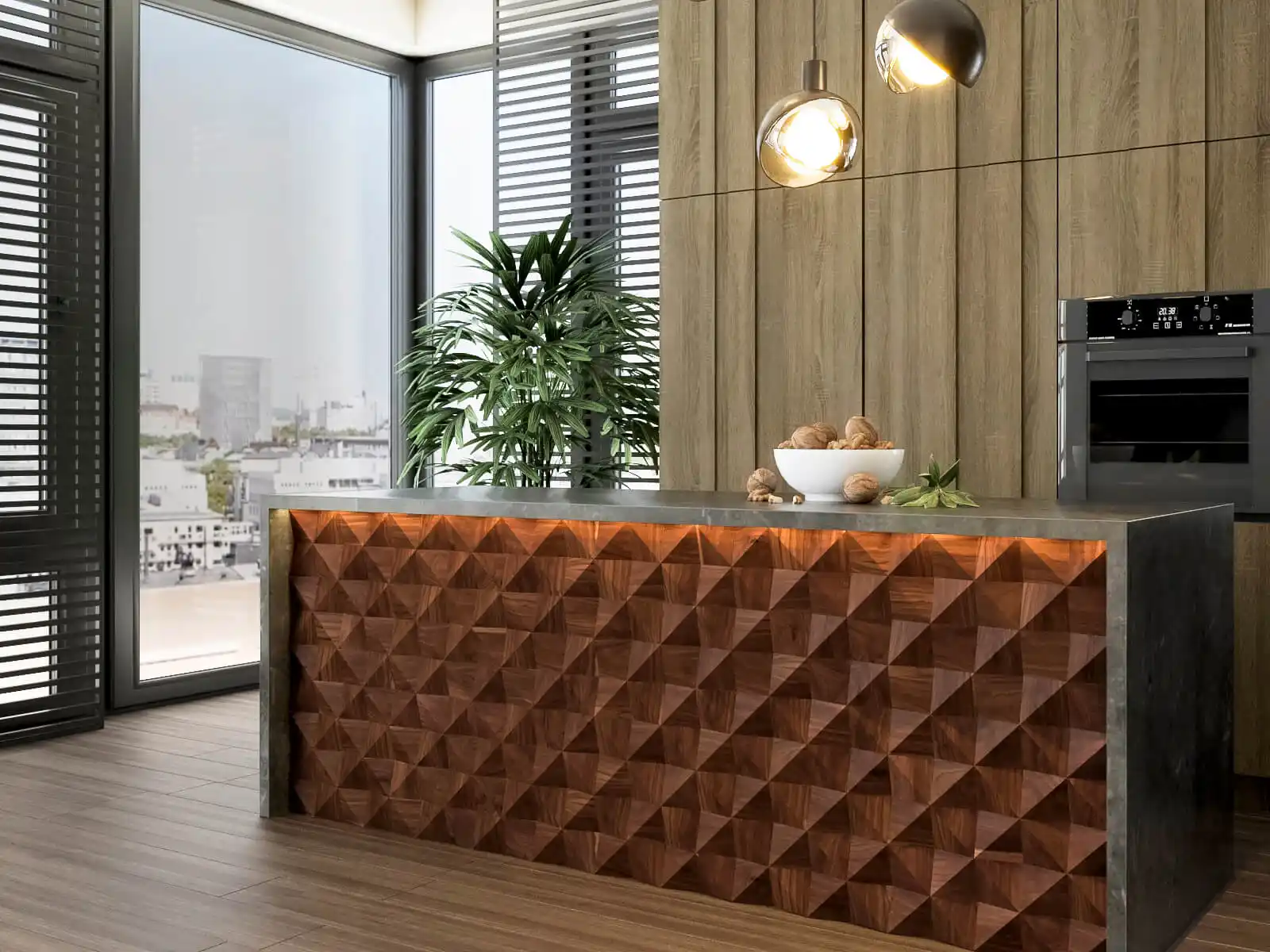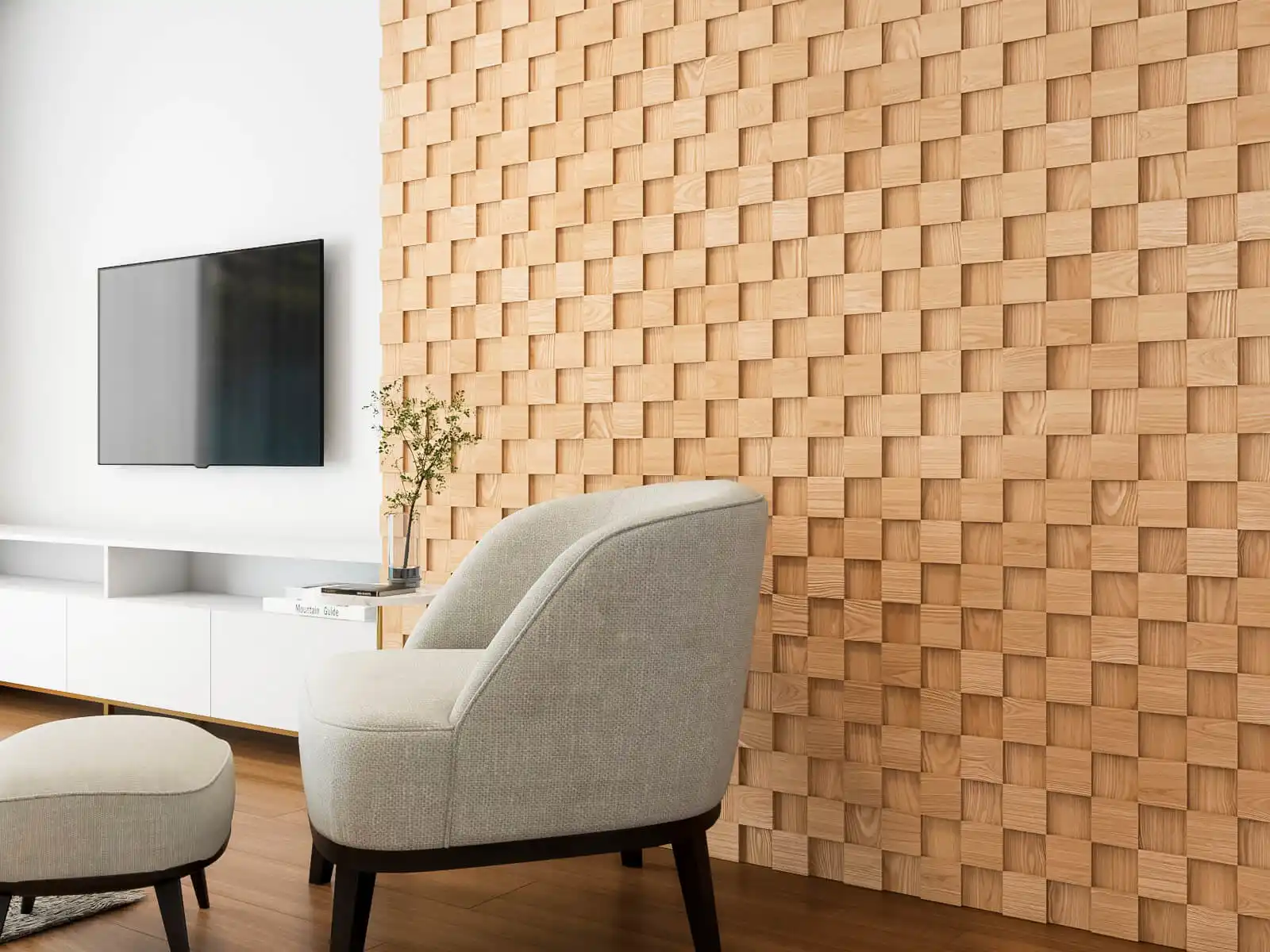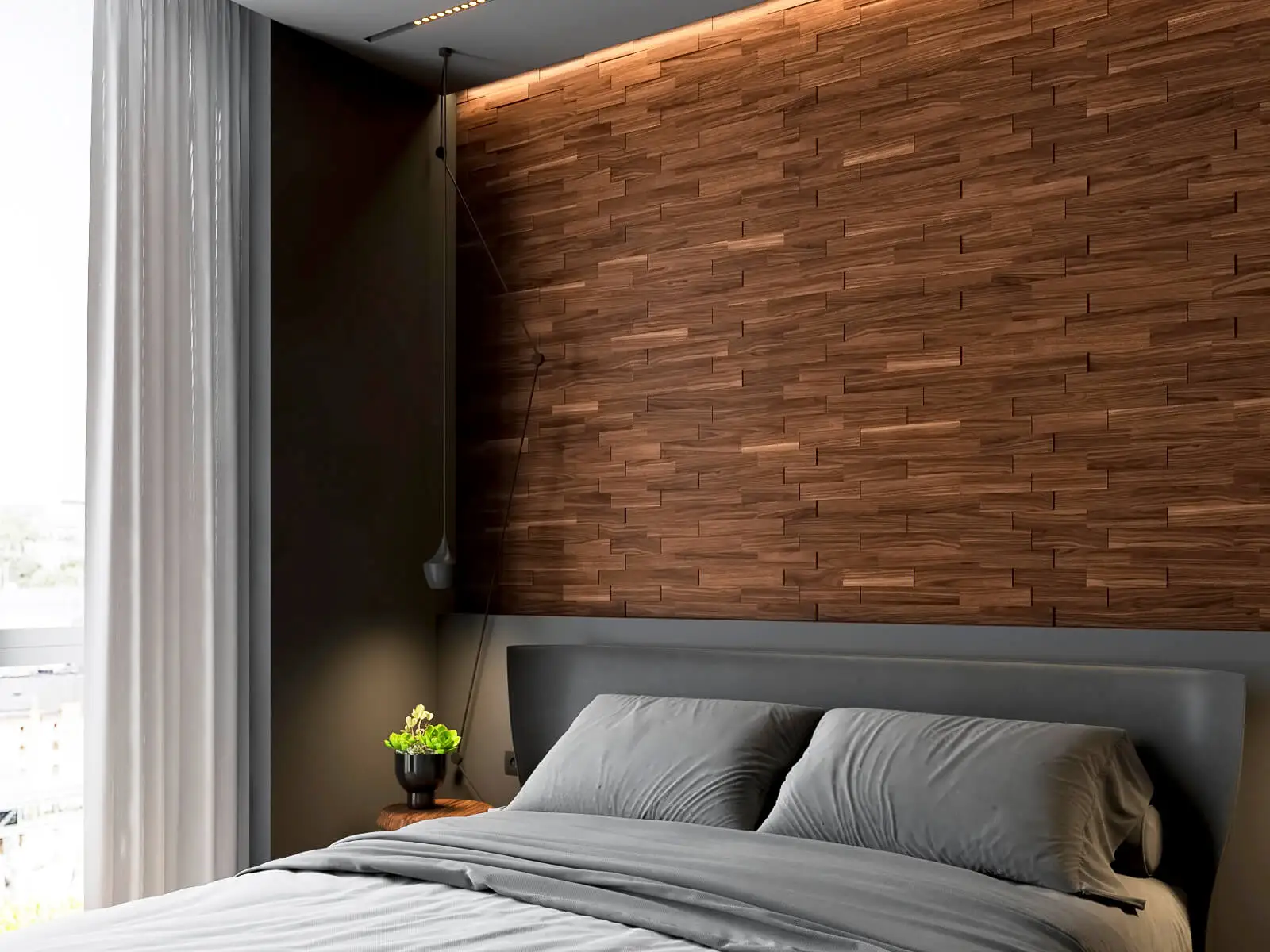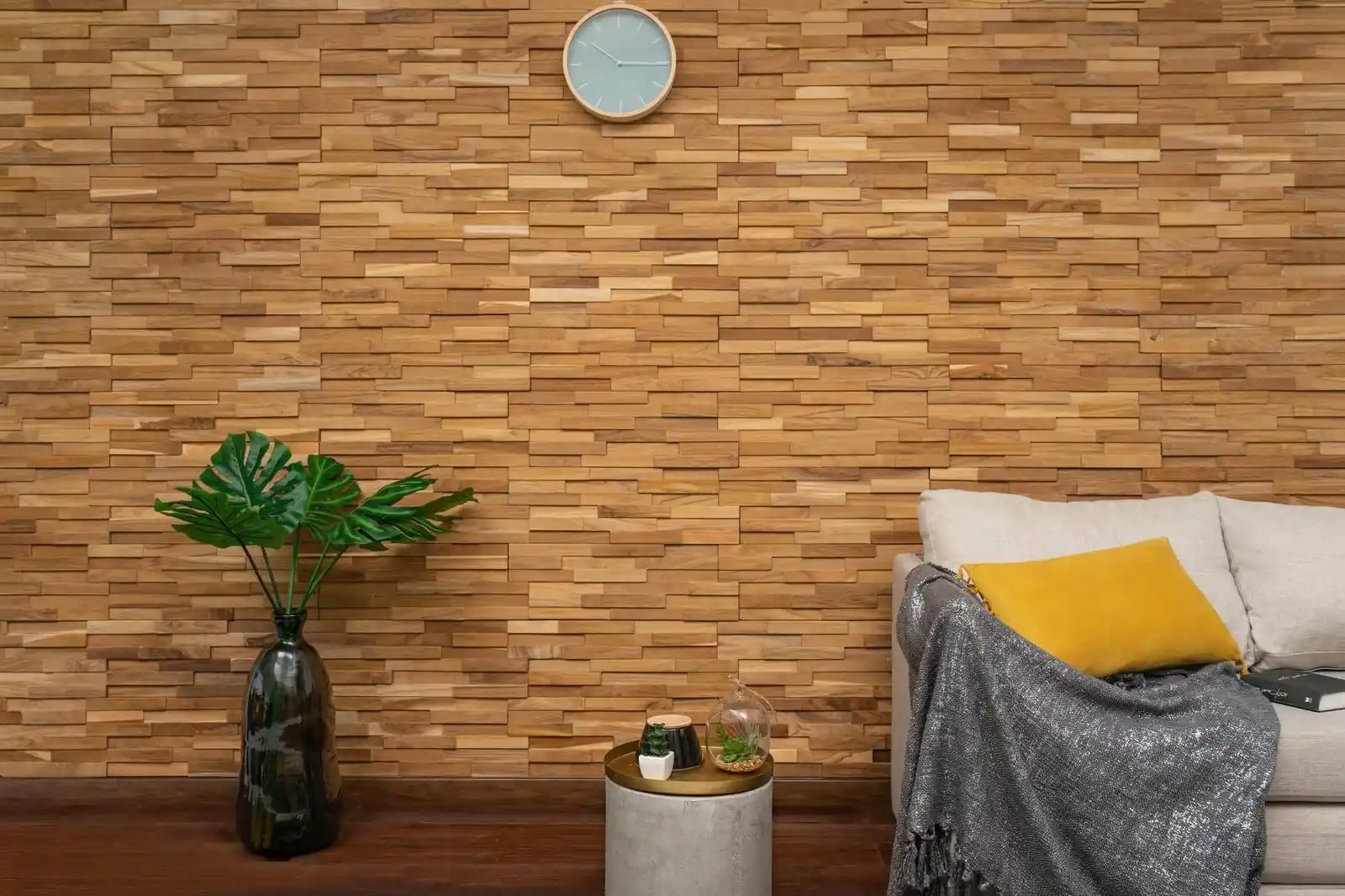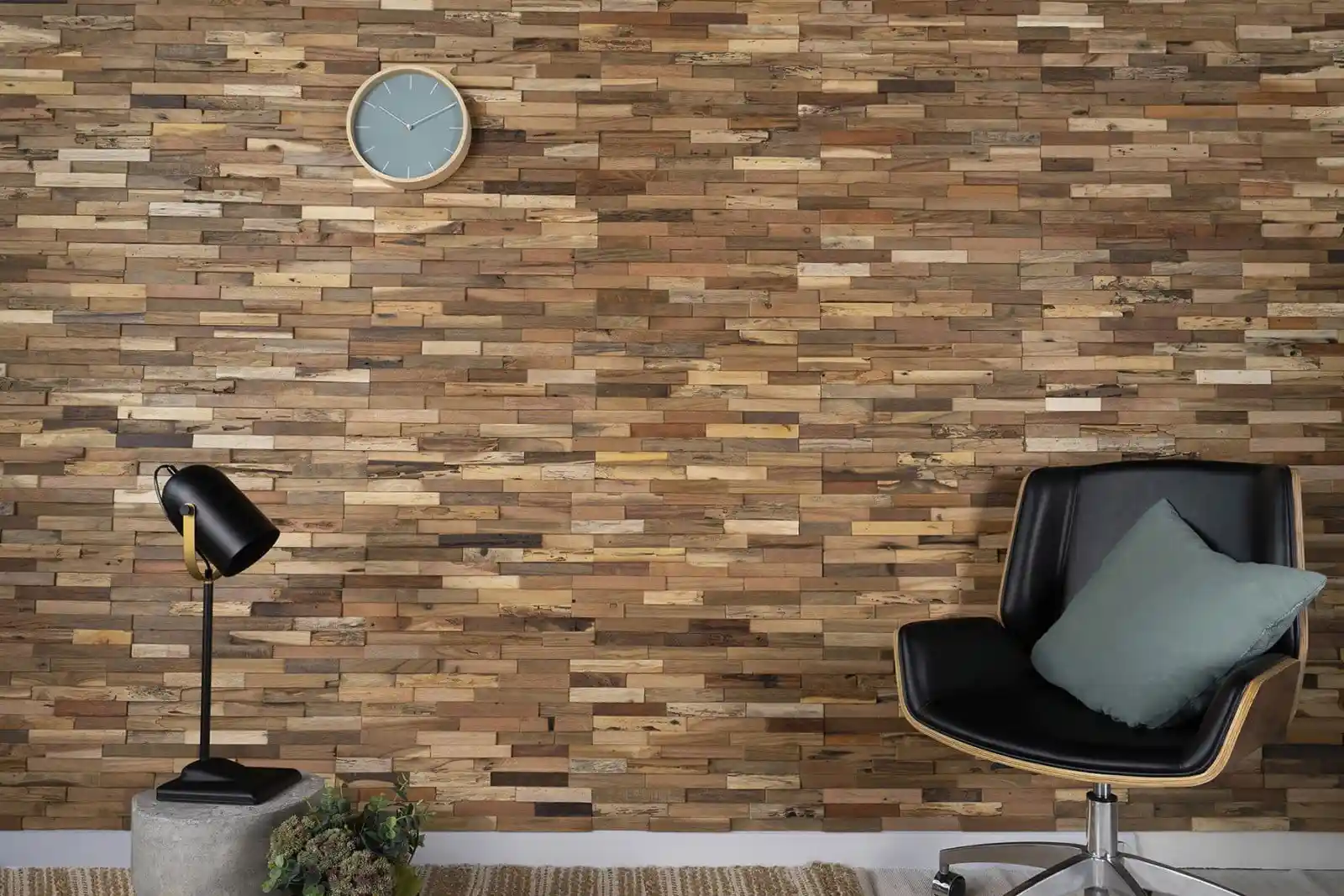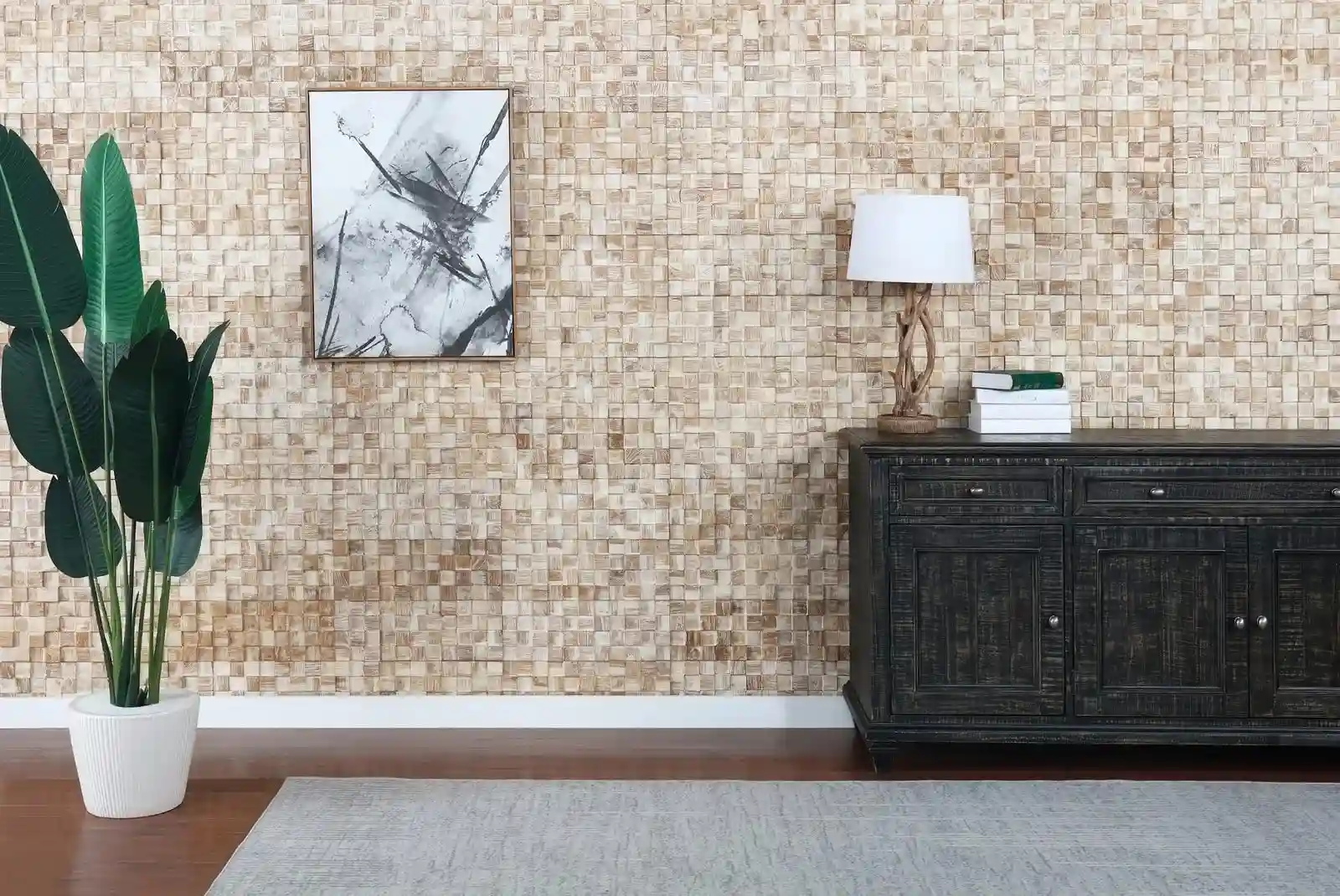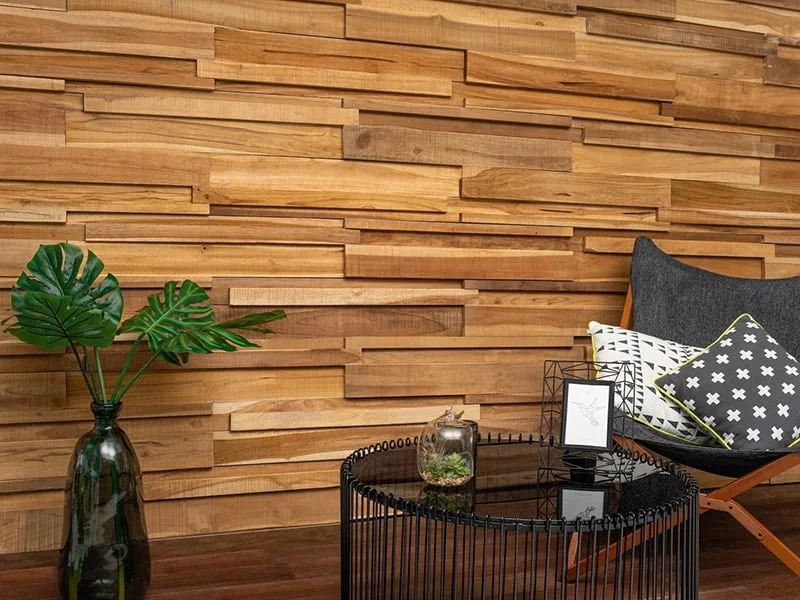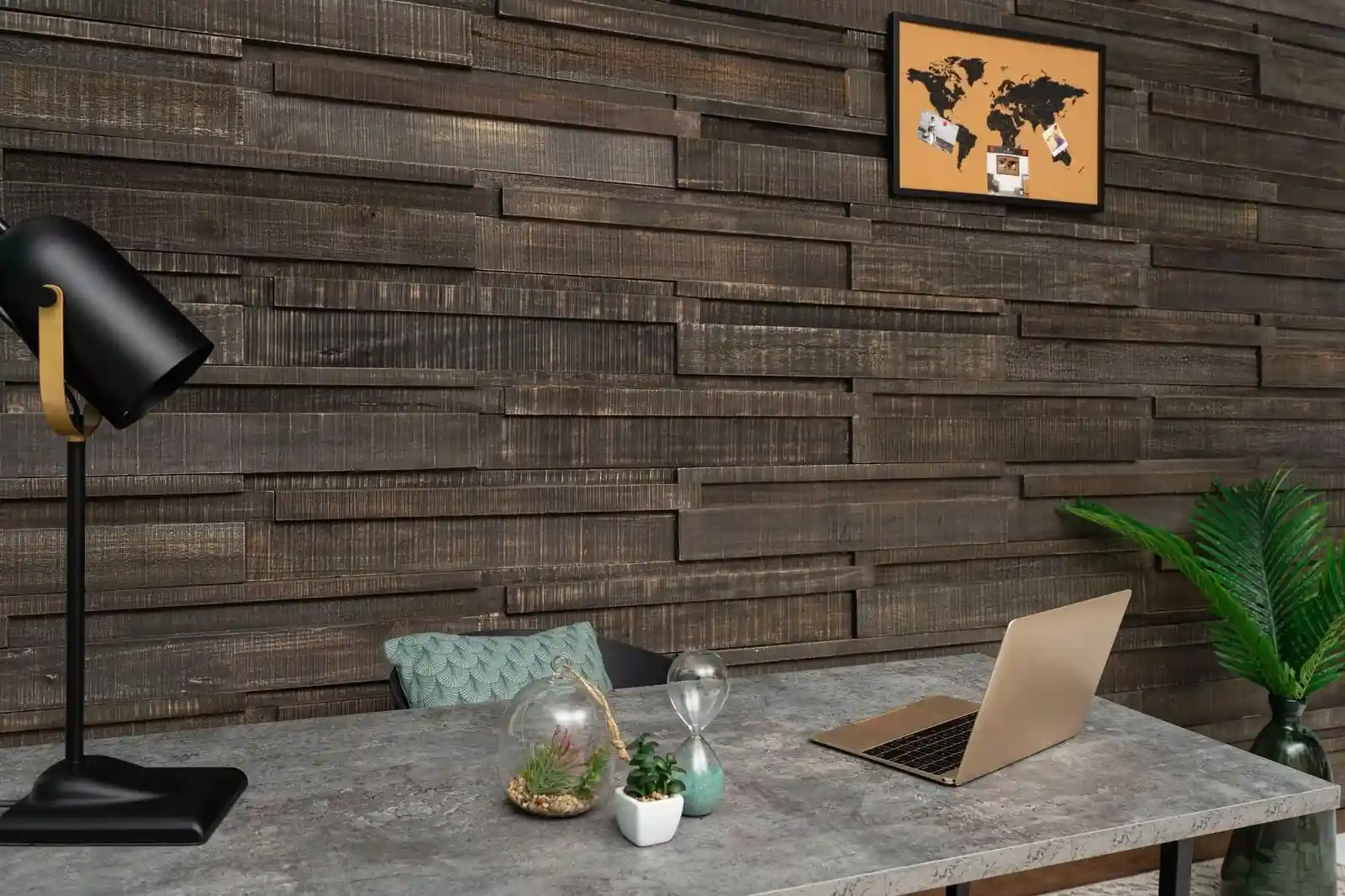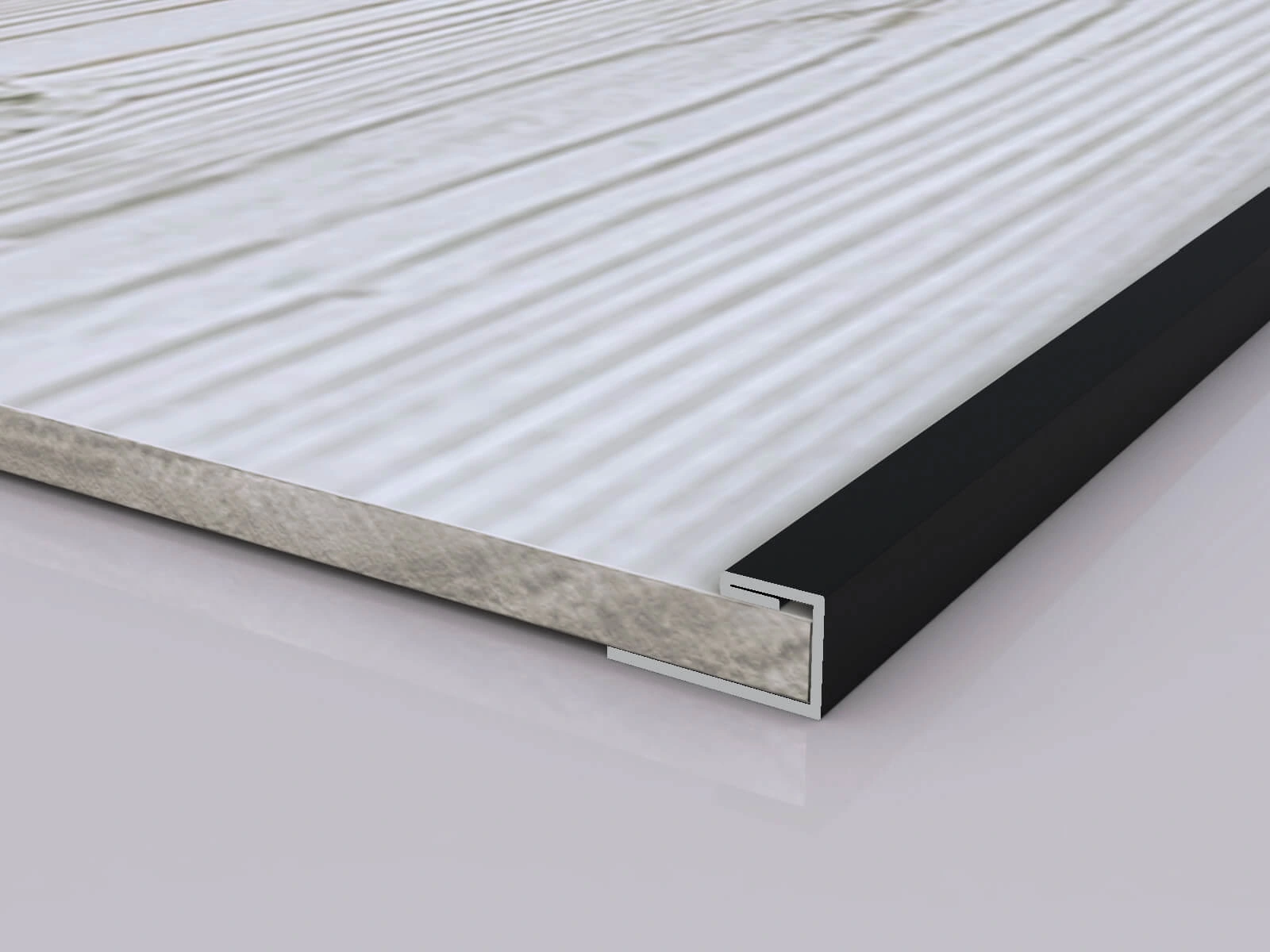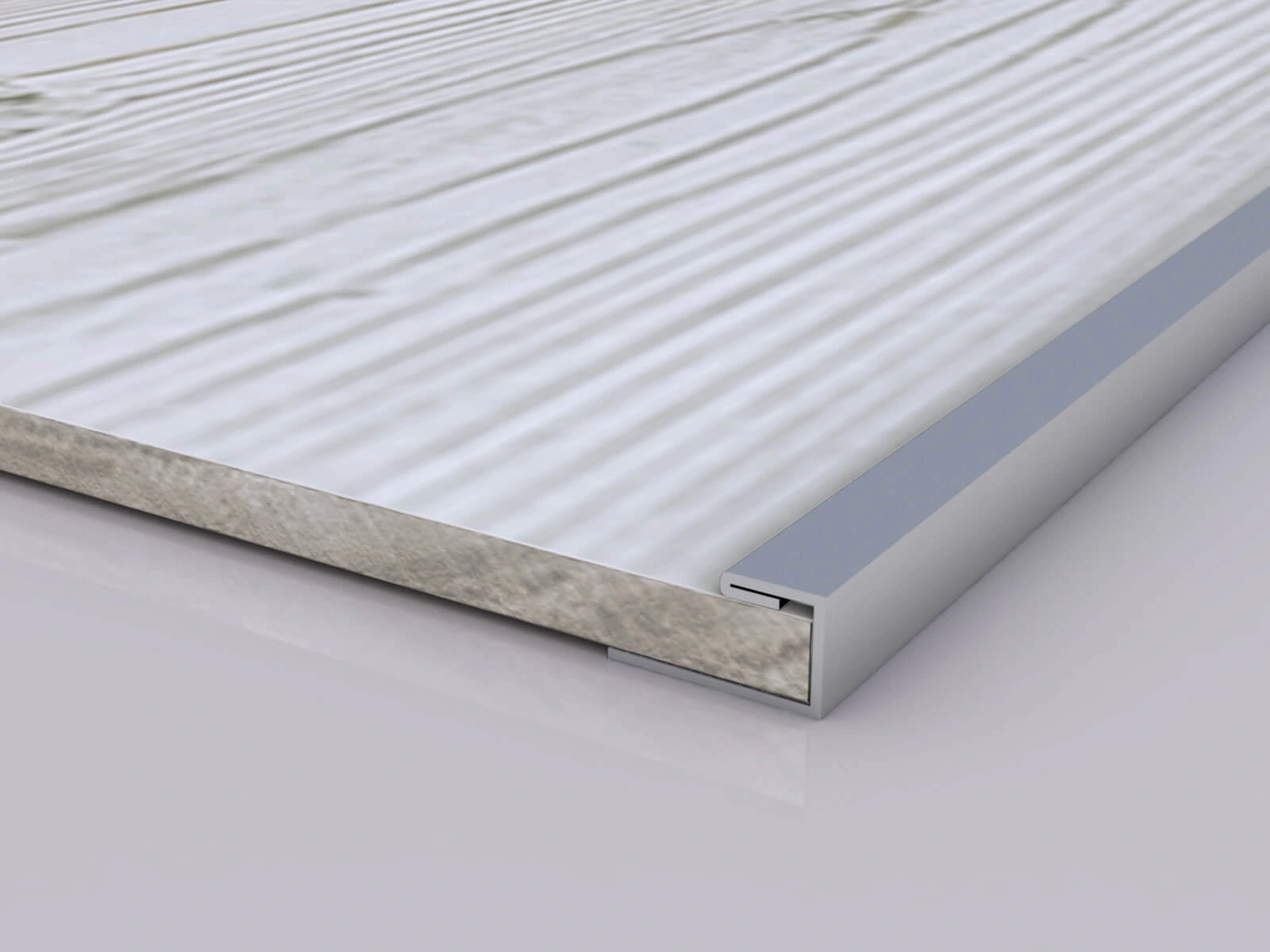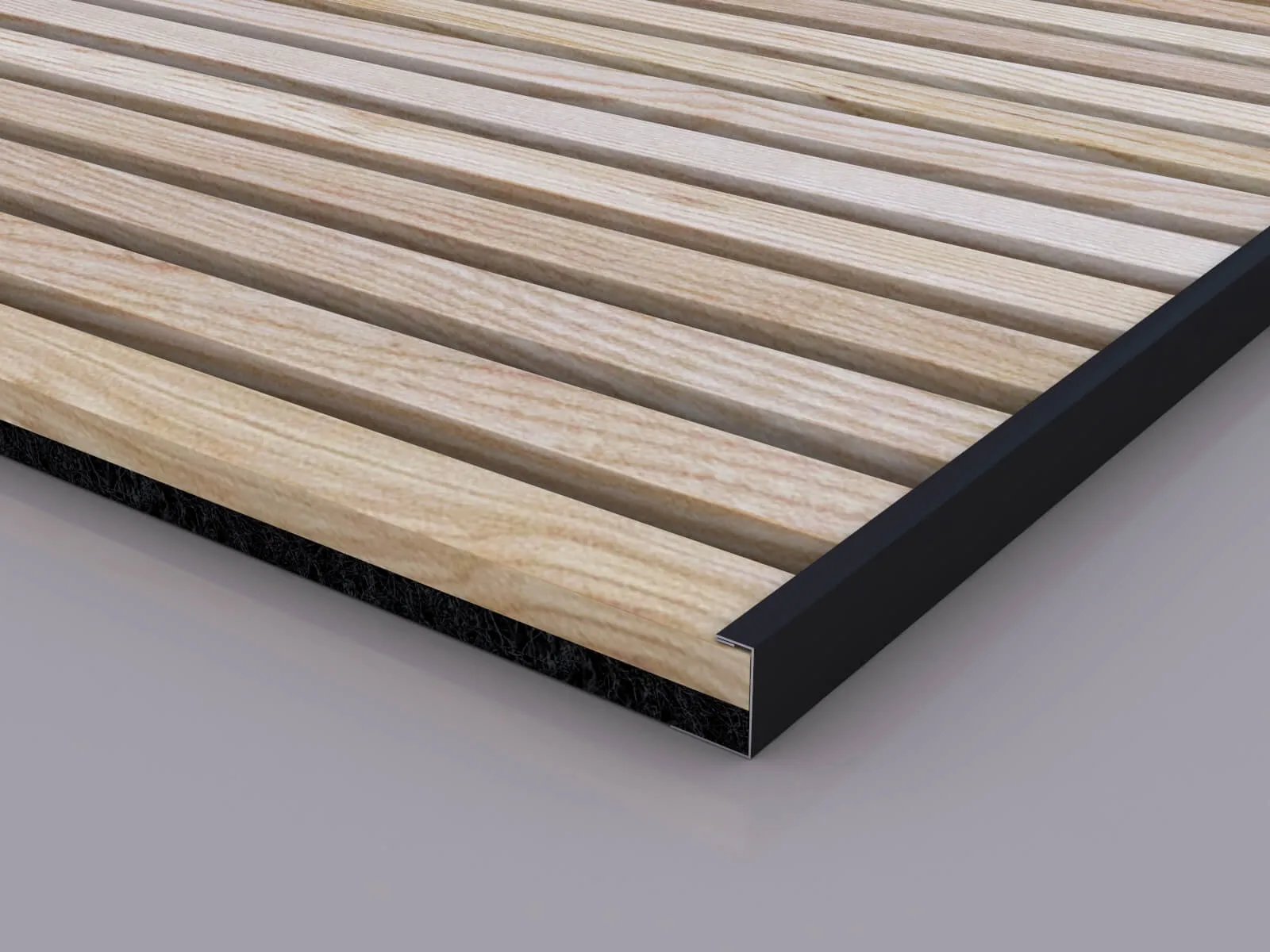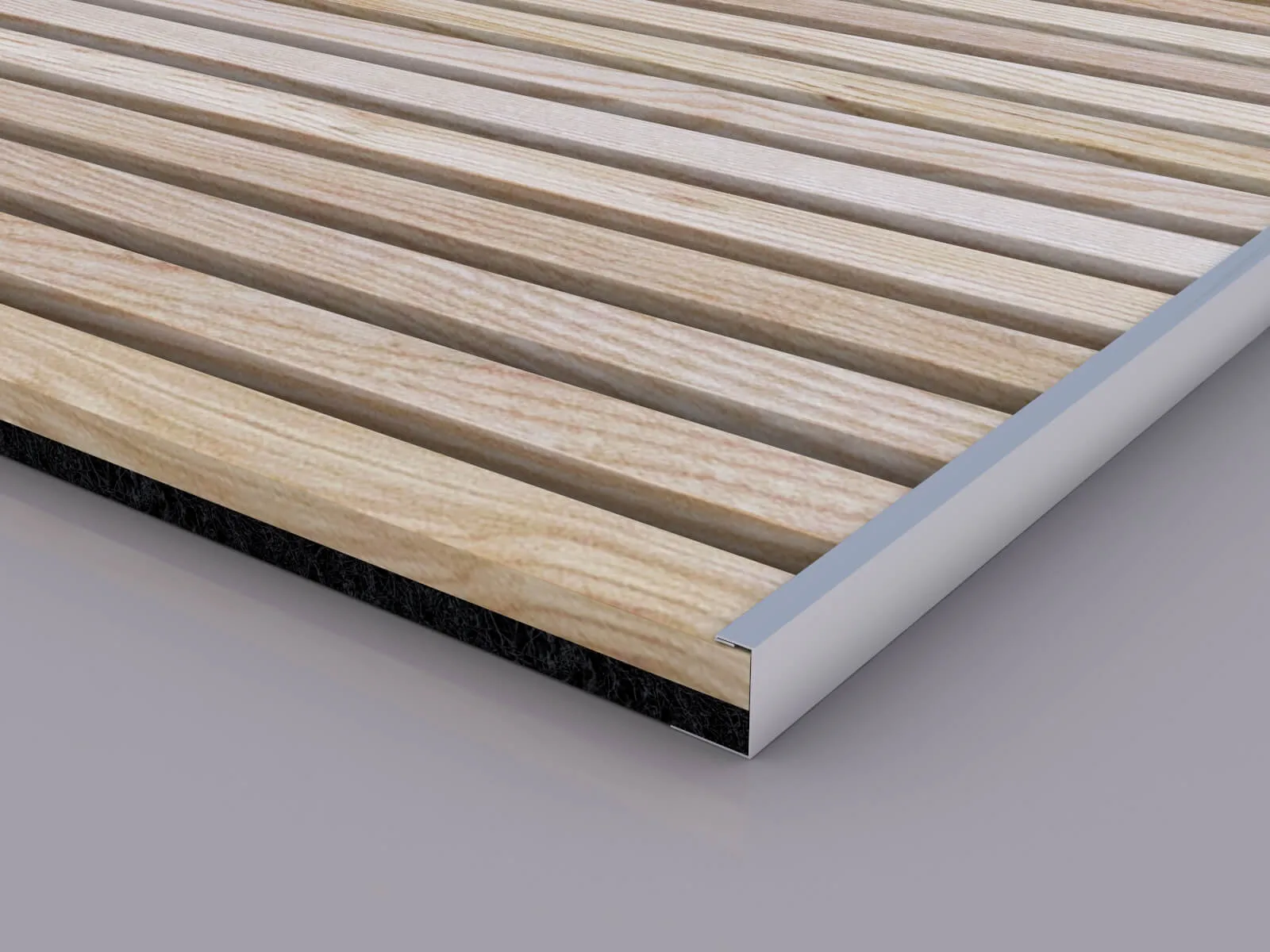Clapboard Vs Shiplap: A Complete Comparison for Homeowners
Clapboard vs shiplap can be confusing to distinguish if you are not aware of their unique traits. Though both have a timeless appeal, their varying shape, installation, and materials make them ideal for certain circumstances. In this article, we will compare clapboard and shiplap in various terms. Explore it now to decide which siding option is right for you!
What is Shiplap?
Shiplap has overlapping wood or composite planks. You can see a little gap between them as shown in the picture below. This design is perfect rustic charm for both inside and outside.
The types of shiplap depend on its material. Another way to classify shiplap is based on how we install it. Horizontal shiplap establishes a vintage look and makes your space feel wider. The vertical shiplap, on the other hand, adds height to the space.
What is Clapboard?
Clapboard siding has horizontally placed beveled boards. We make it by splitting thick wooden planks into thinner boards. Since the boards overlap each other, you notice shadow lines between them. This overlapping design helps protect houses from harsh weather conditions.
Clapboard siding comes in three styles:
- Traditional lap has overlapping horizontal boards.
- Dutch lap comes with wider panels with grooved designs.
- Beaded seam includes a V-shaped bottom edge.

What is the Difference between Clapboard Vs Shiplap?
Choosing between shiplap and clapboard can be tricky. They are both popular siding choices and shine in their own way. This comparison table breaks down their differences based on critical factors:
| Clapboard | Shiplap | |
| Appearance | Wedge-shaped boards and shadow lines | Flat surface and overlapping boards |
| Installation | Difficult | Easy |
| Uses | Mostly exterior siding | Both interior and exterior |
| Material Options | Wood, vinyl, metal, composite, and fiber cement | Wood, MDF, fiber cement, and composite wood |
| Weather Resistance | Good with proper sealing and maintenance | Excellent due to rabbet joints |
| Maintenance | Requires regular maintenance | Easier to maintain |
| Durability | Long-lasting if well maintained | Highly durable |
Appearance
The wedge-shaped panels of clapboard fit snugly against one another. There are narrow shadow lines where the boards connect. On the other hand, shiplap has a more modern style. The boards interlock tightly with rabbet joints. This way, the seams between the boards become visible.
Installation
We install clapboard by placing each board over the one below it. Then, nail through the top edge into the wall. This process requires careful spacing and alignment. Meanwhile, shiplap boards have special grooves on the edges that let them lock together tightly. The best thing is that you do not have to do too much measurement or nailing work. Hence, shiplap is easier to install and better at keeping out moisture.
Uses
Clapboard has a weather-shedding design, making it a favored choice for the exterior home siding. Shiplap was also originally used outdoors. But these days, people find out that shiplap can work well as a decorative feature on walls and in bathrooms. The clean and smooth design allows it to fit in both modern and rustic homes.

Material Options
Clapboard siding typically comes in different materials, including wood, vinyl, fiber cement, and metal. Each material has its own benefits. For example, vinyl is durable, while fiber cement is pest-persistent. Shiplap also comes in various materials. Pine, MDF, and poplar are common woods for indoor usage. Exterior shiplap is most often made from composite wood, cedar, and fiber cement.
Weather Resistance
Clapboard siding is good in various climates. But the gaps or wear can gradually allow moisture in. Shiplap is more weather-resistant thanks to the interlocking boards. The tighter seal between the boards safeguards your home against rain and wind. This pattern is especially effective in humid or windy locales.
Maintenance
The stepped design of the clapboard needs regular care to avoid cracking. You should paint, seal, and check for gaps on a frequent basis. Vinyl clapboard requires less upkeep but still needs cleaning. On the contrary, shiplap calls for minimal maintenance, like repainting or dusting. Durable materials for exterior shiplap help reduce weather damage.
Durability
Clapboard can last for decades if well cared for. But keep in mind that longevity varies with climate, installation, and maintenance. Wood variants can be susceptible to moisture and insects. Shiplap is equally durable, especially when made from robust materials.
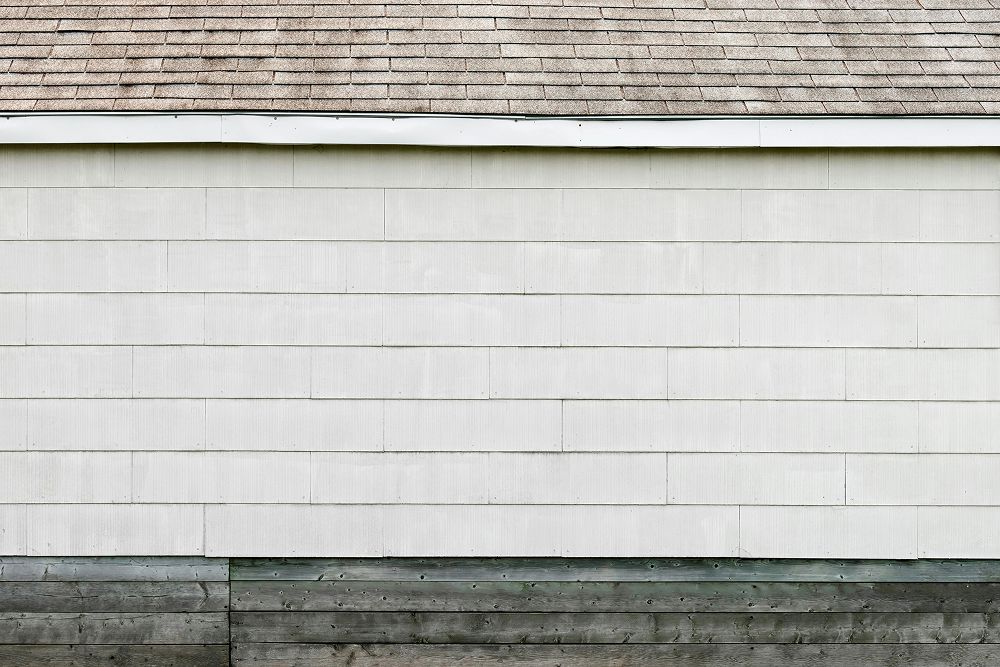
Clapboard Vs Shiplap: Which to Choose?
What to choose between shiplap vs clapboard? Here are some factors that help you make an informed decision:
- Aesthetic Preference: Clapboard offers a traditional look with interesting shadow lines. Meanwhile, shiplap gives a more rustic and modern style with its interlocking joints. The clean lines are perfect for creating a charming space.
- Maintenance Requirements: Clapboard needs more maintenance, whereas shiplap requires less. If you go for clapboard, be sure you maintain it well.
- Costs: The costs of these siding options vary depending on the material. However, clapboard comes with a higher installation cost.
- Installation Abilities: Clapboard installation requires precision. You have to ensure proper alignment of each board. In contrast, shiplap is easier and faster to install.
Elevate Your Home Design with WoodyWalls
As you compare clapboard vs shiplap, you can notice that each has its own advantage. The wedge-shaped boards of clapboard are a classic design for outdoor uses. Meanwhile, shiplap offers superior resistance and has a smooth appearance. You can use it both indoors and outdoors.
Want to upgrade your space with high-quality wood panels? WoodyWalls has premium products to make it easier for you. Visit WoodyWalls today and browse our collection for the perfect wall treatment!
FAQs
1. What are the benefits of clapboard siding?
Clapboard siding is highly versatile, economical, and durable! You may also love how well its classic look works with different home styles.
2. What is the purpose of clapboard siding?
We use clapboard siding to protect and cover walls. The narrow wood boards, when installed, create an overlapping pattern that can shed water.
3. Why do they call it clapboard?
The name “clapboard” referred to small split oak pieces from Germany. It comes from the Middle Dutch word “klapholt,” which means “to fit.”

